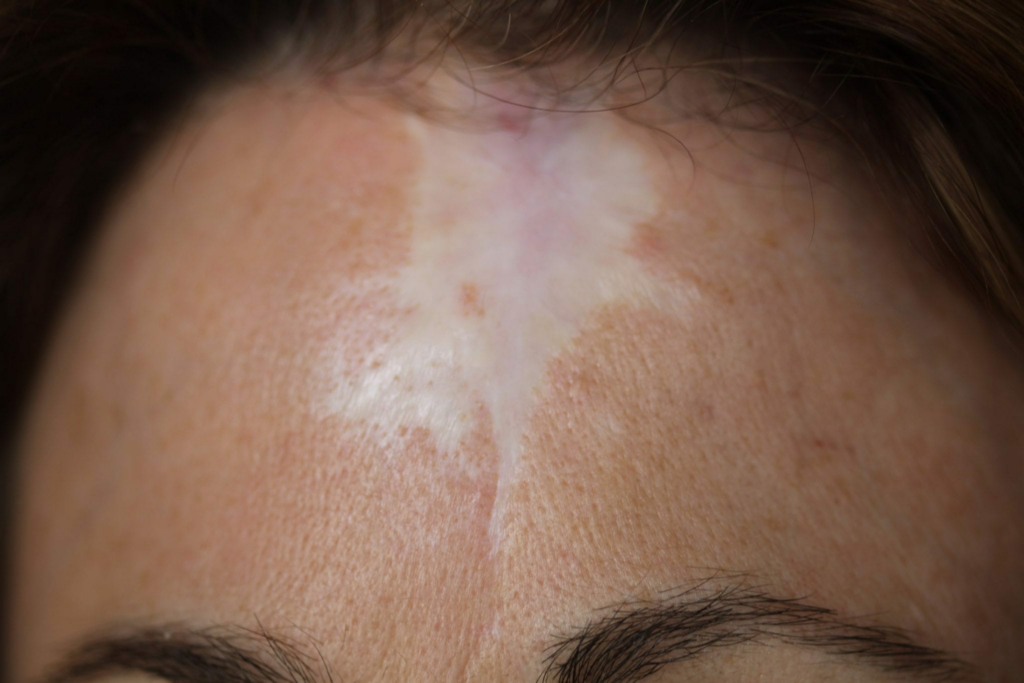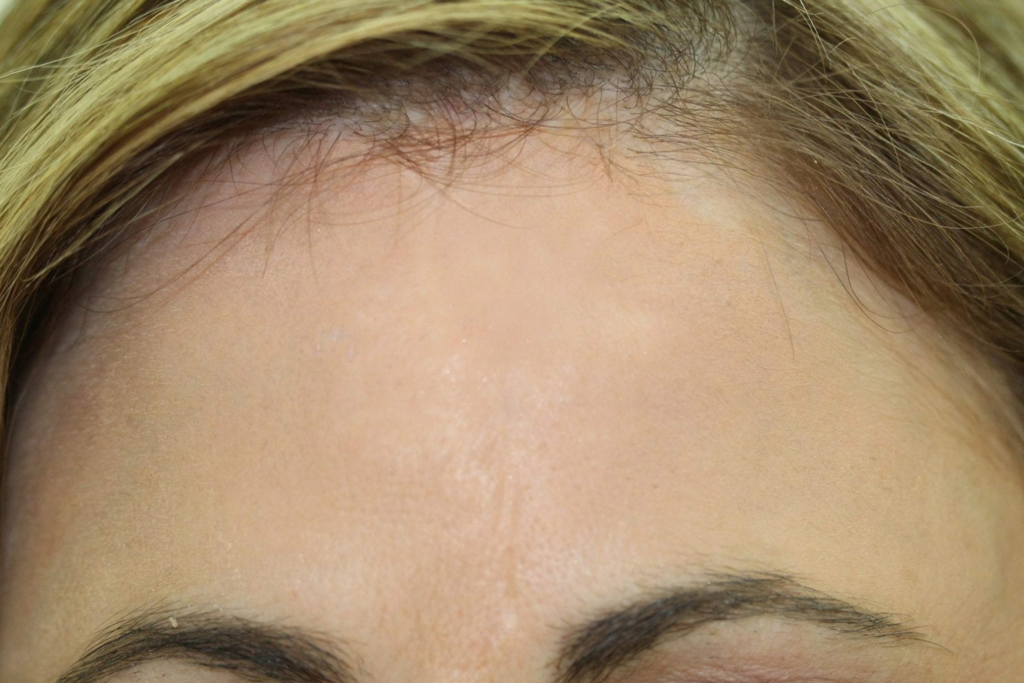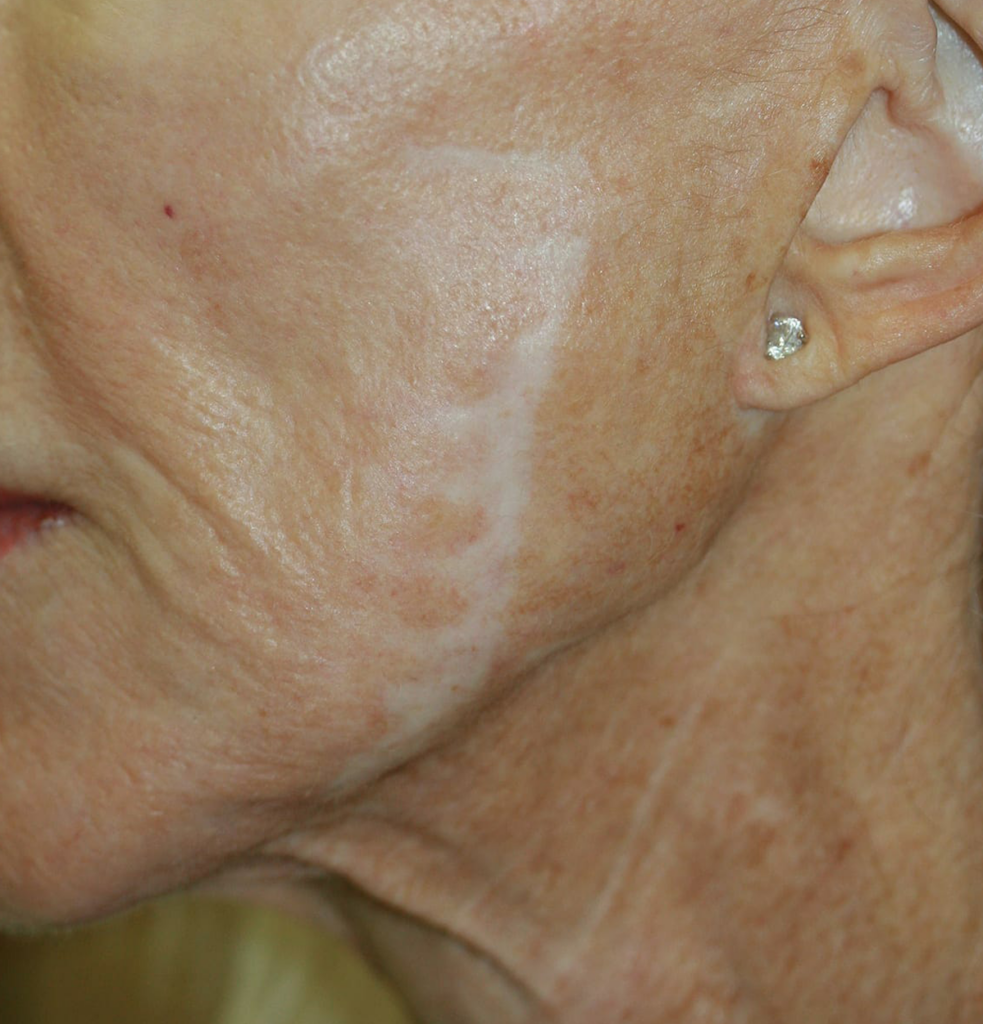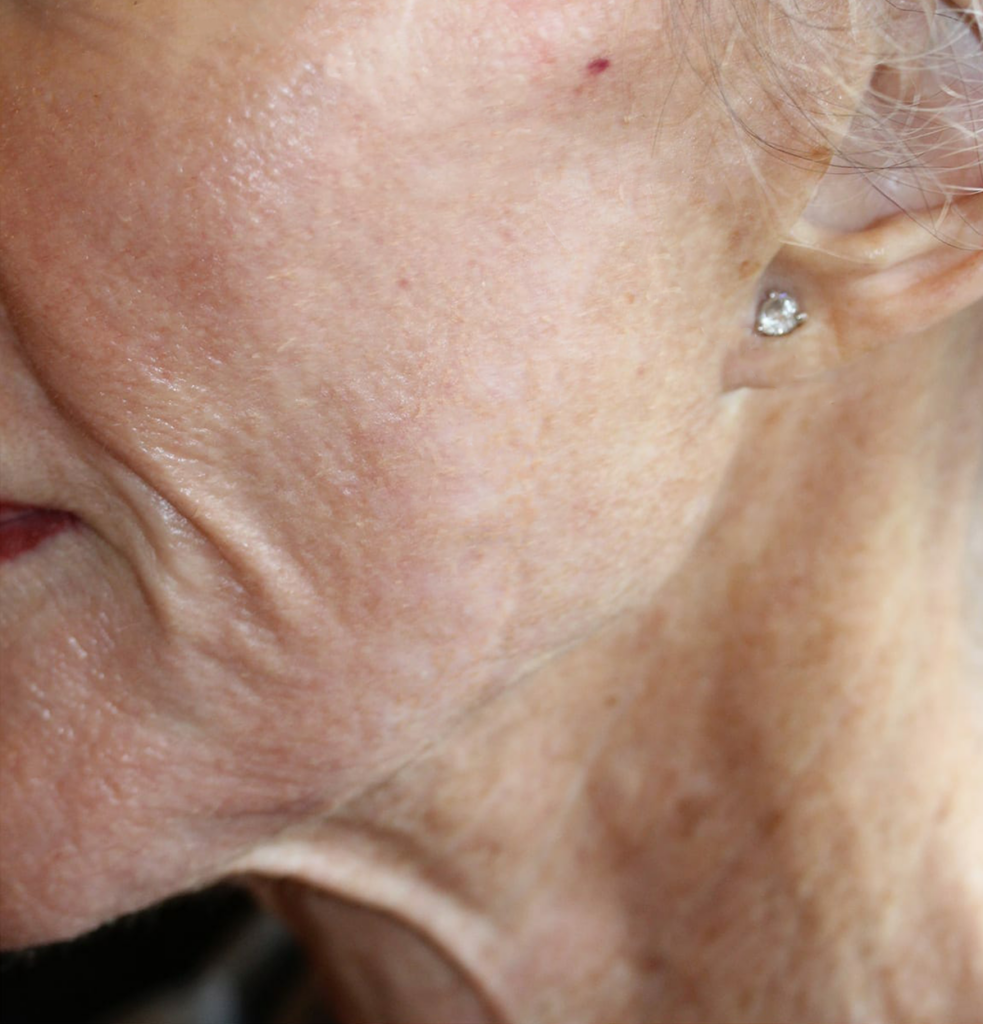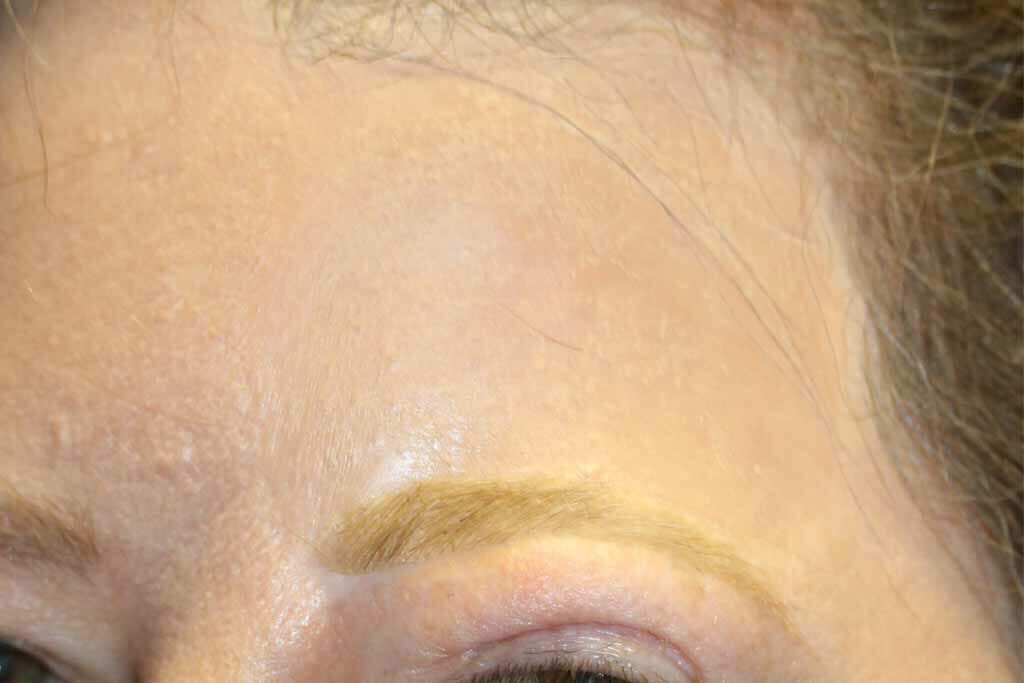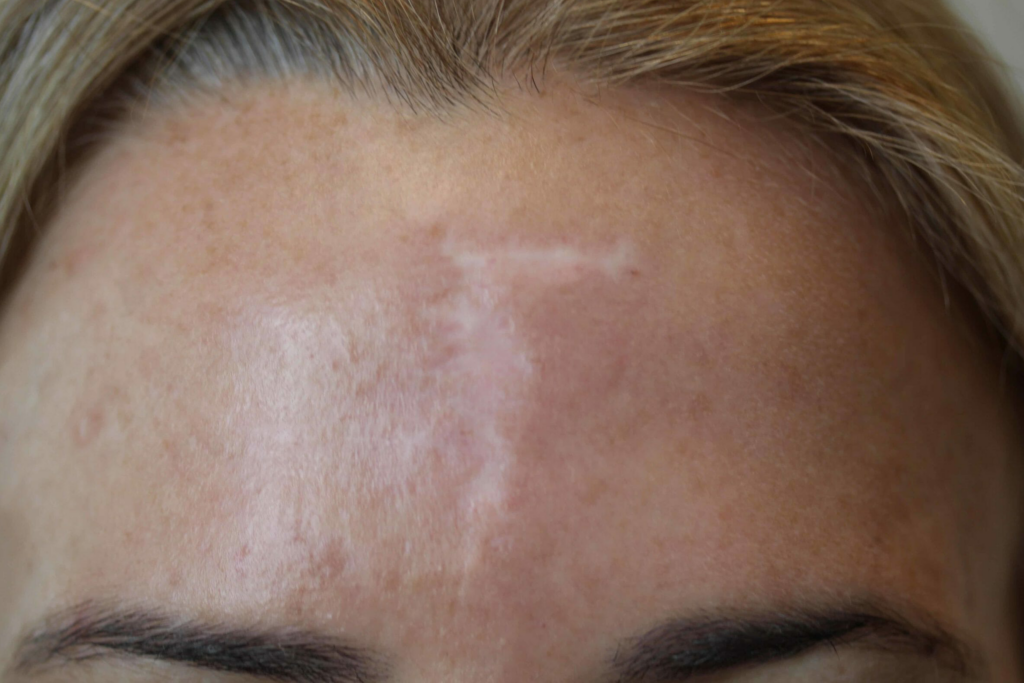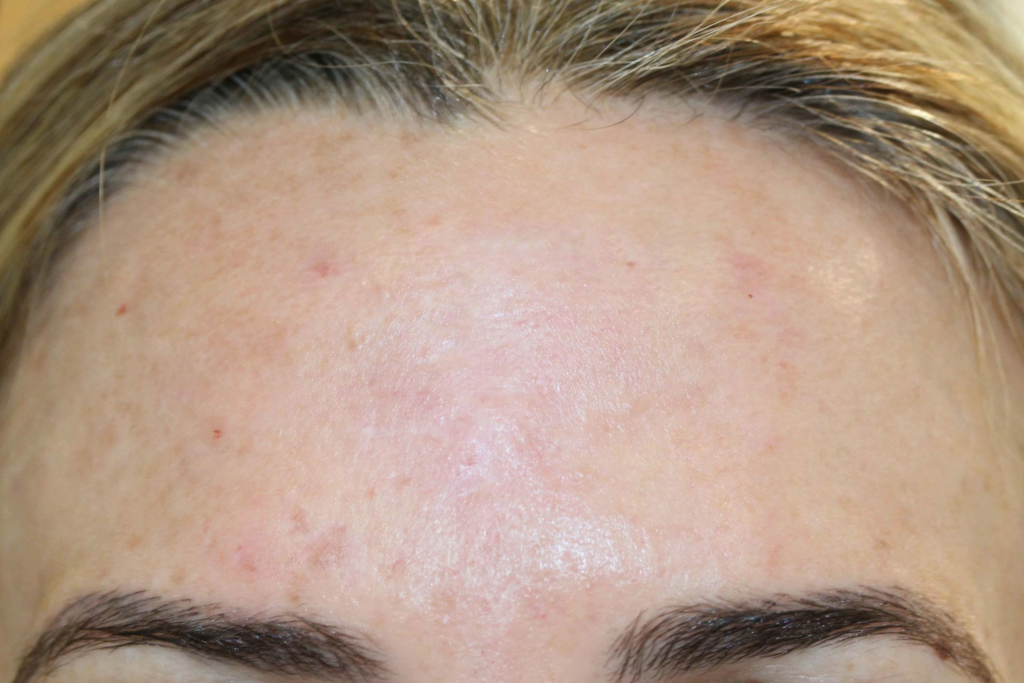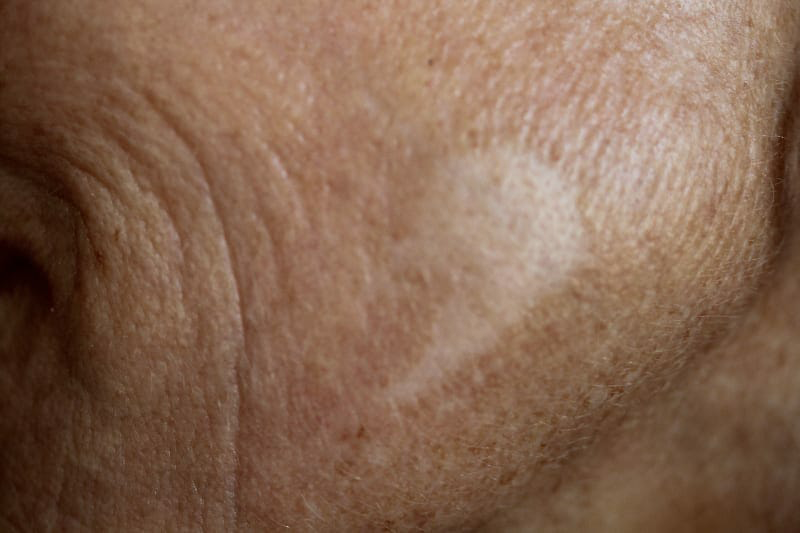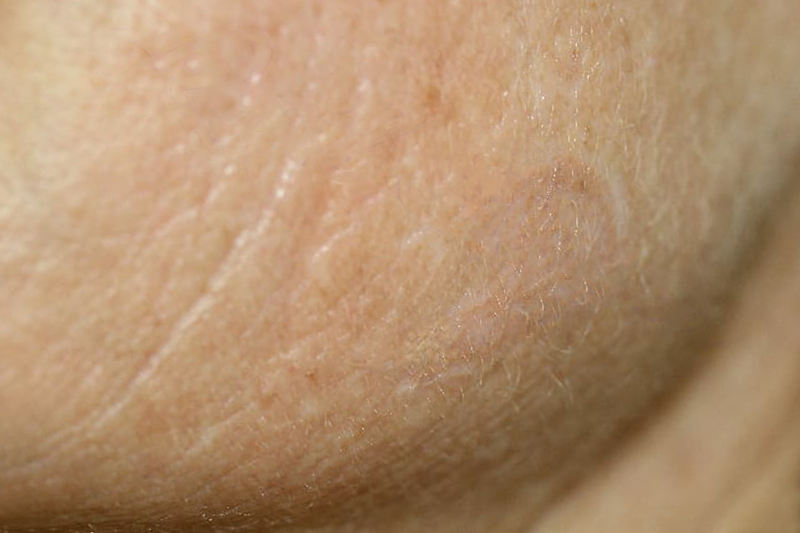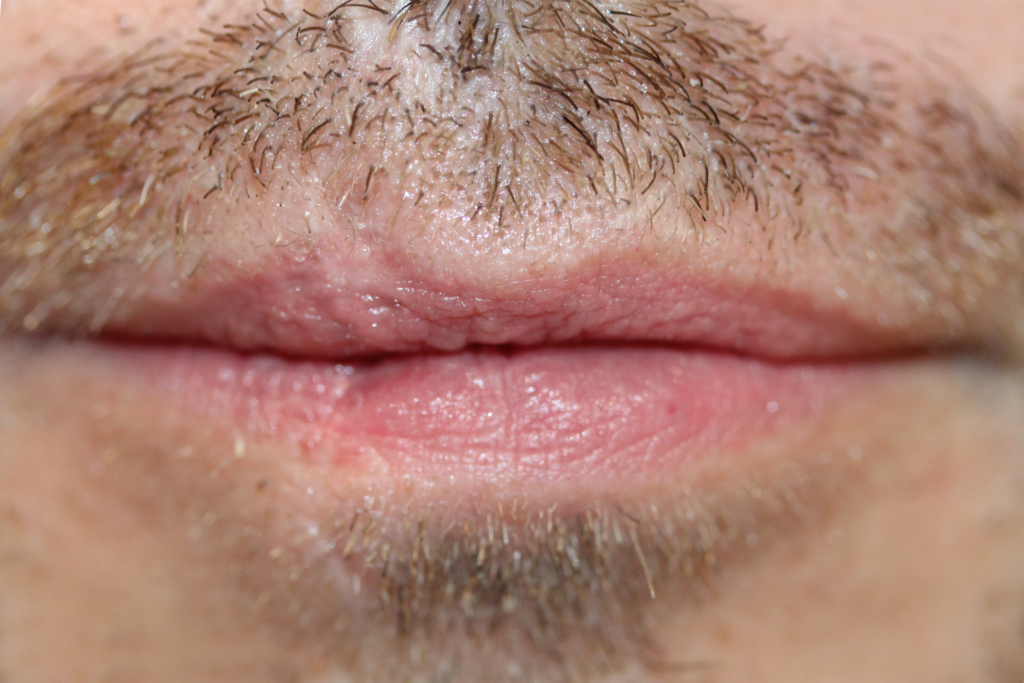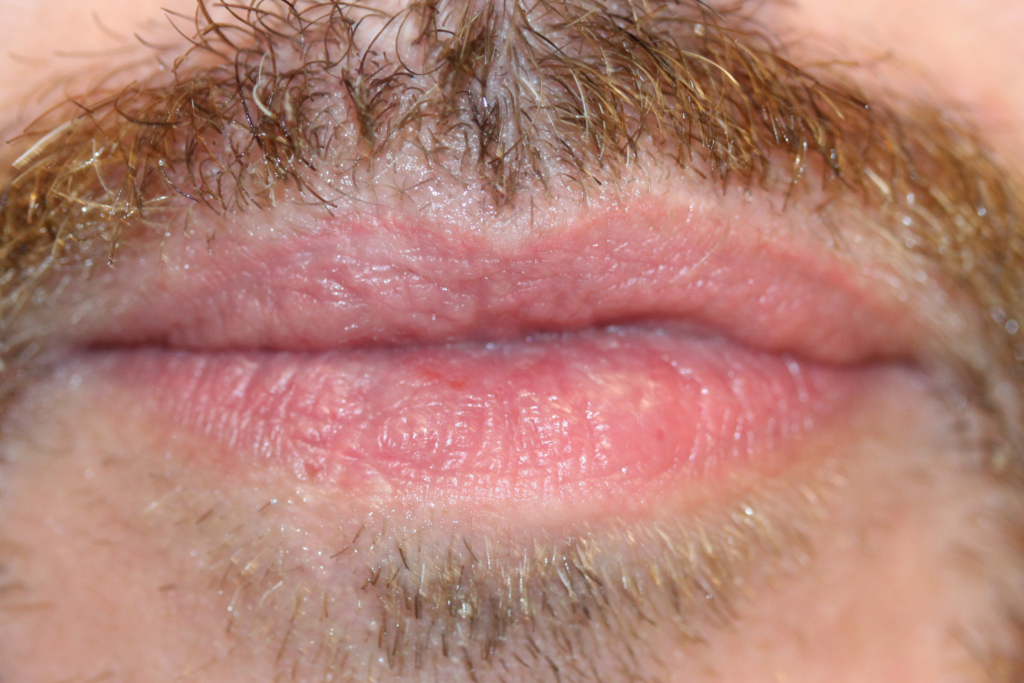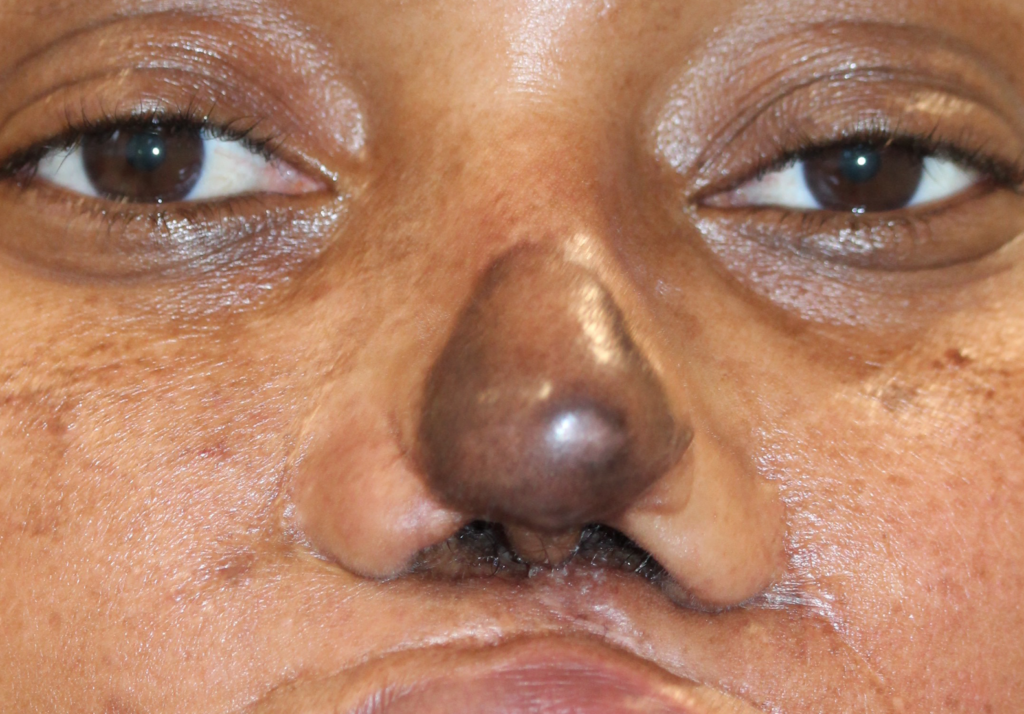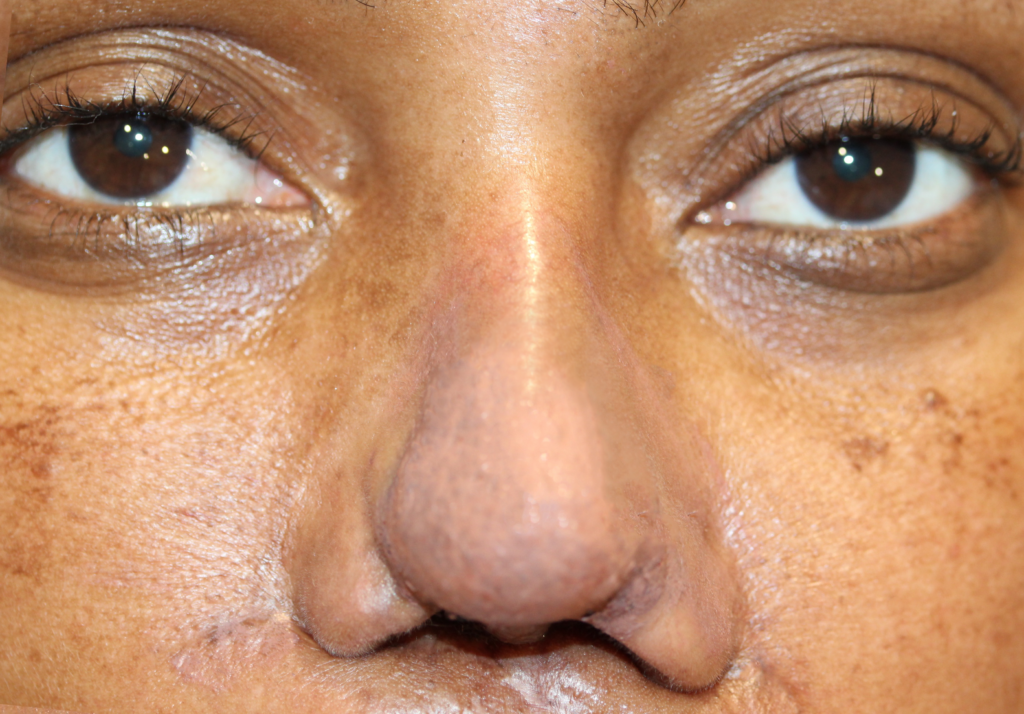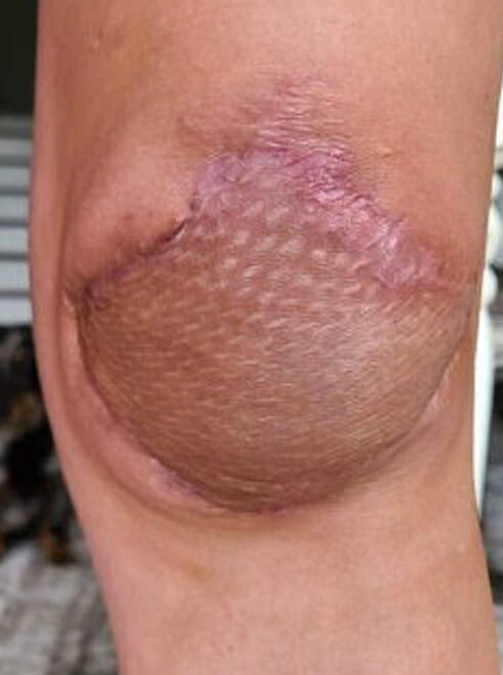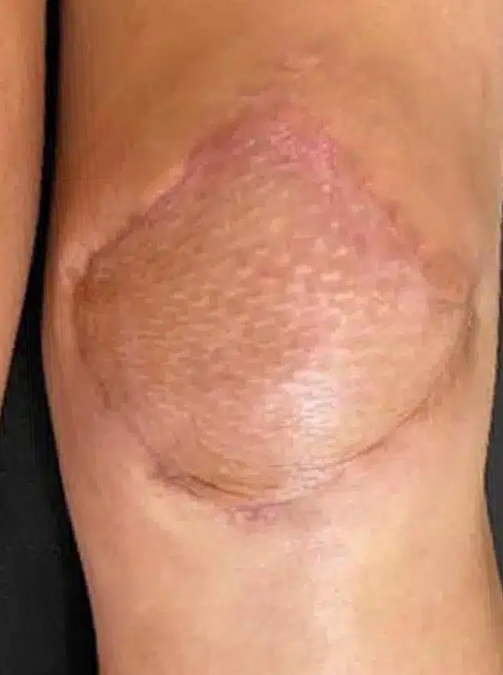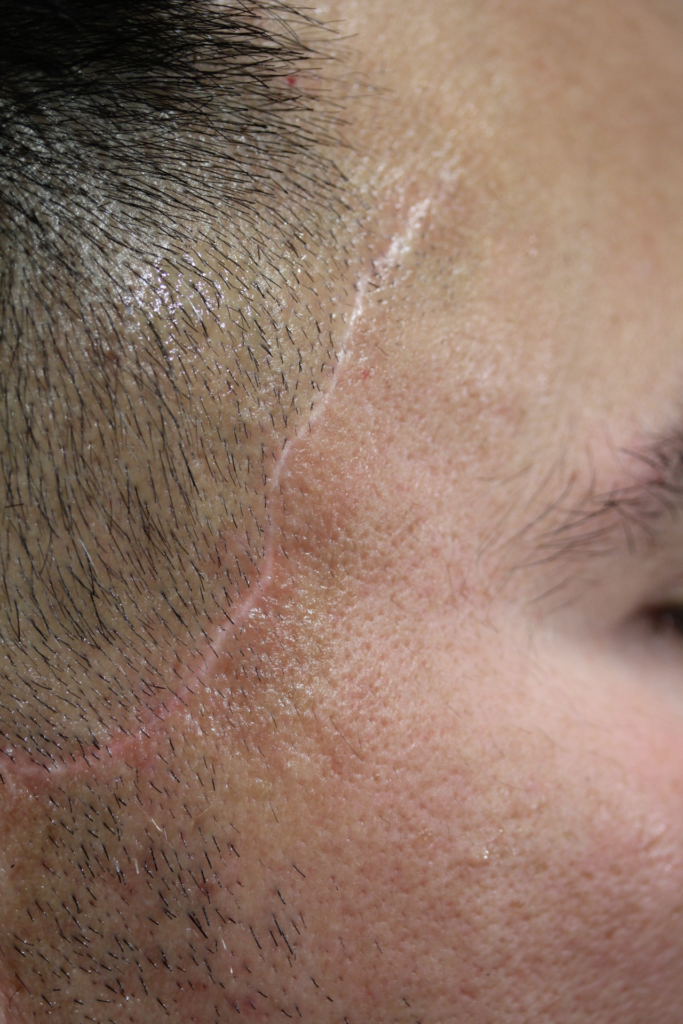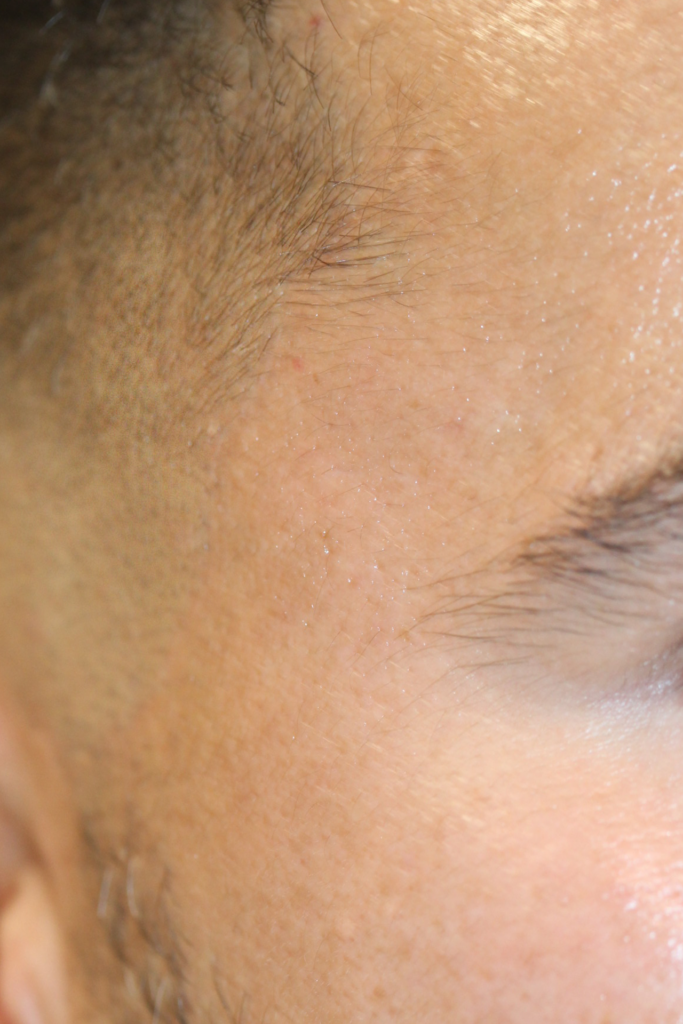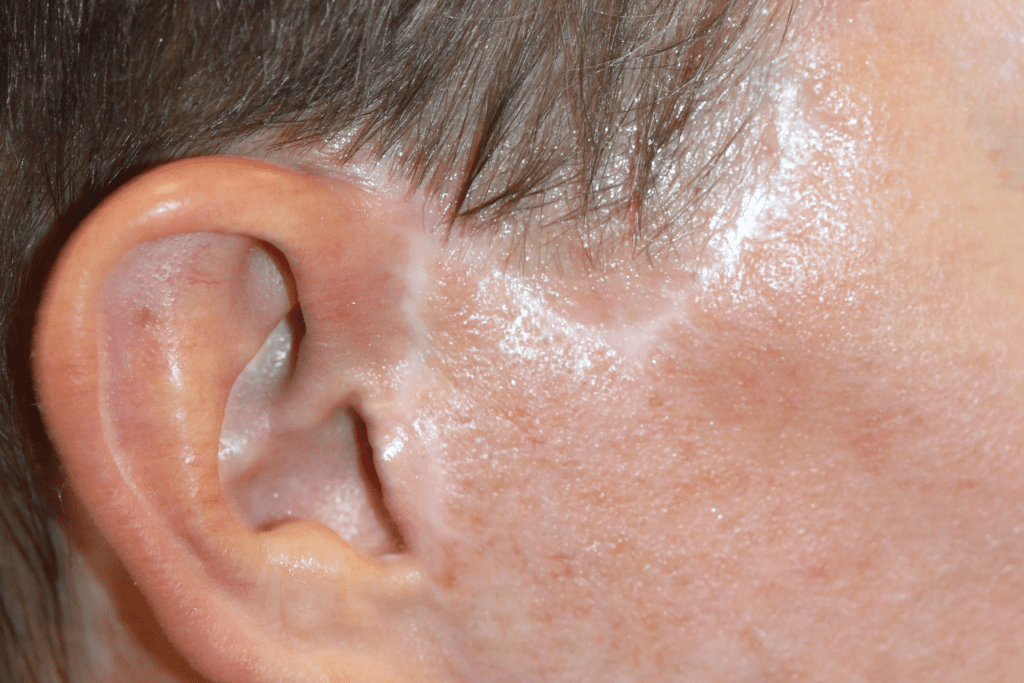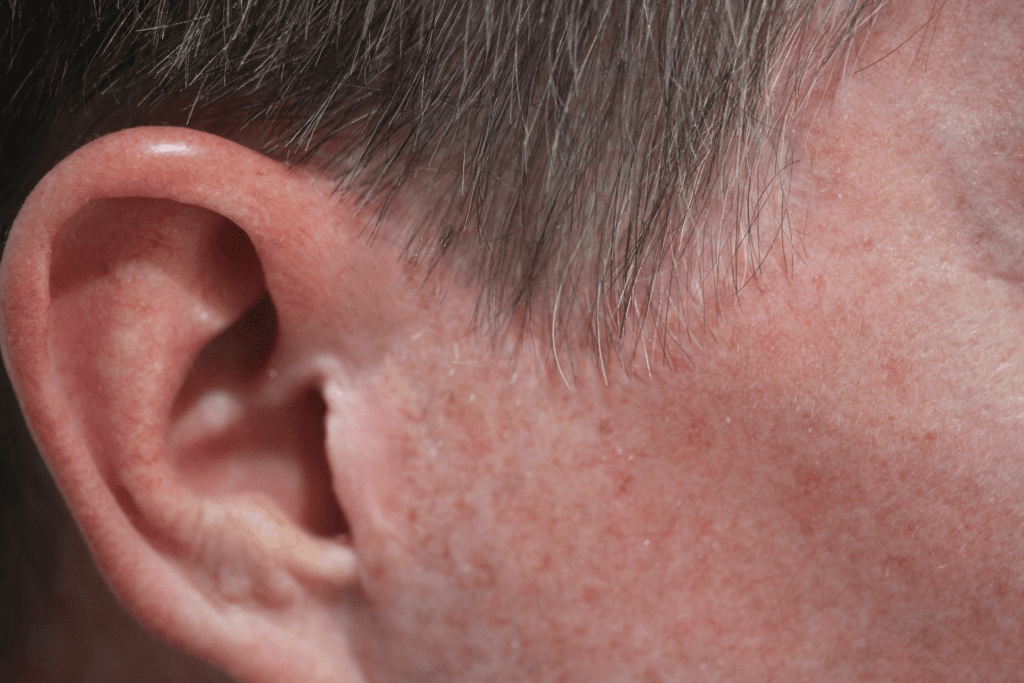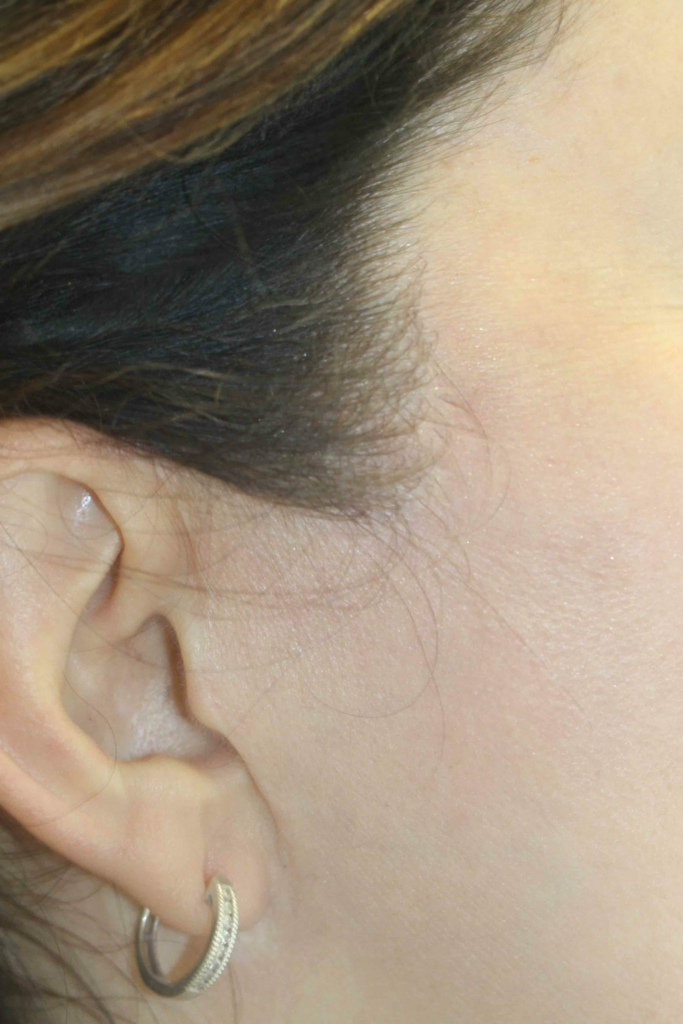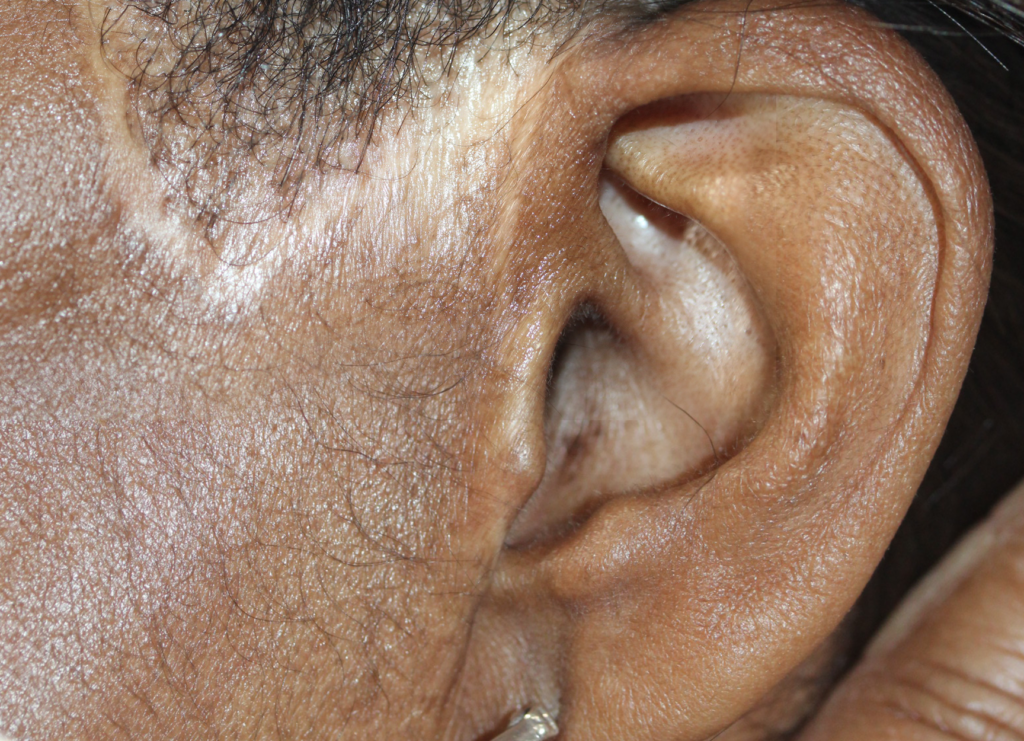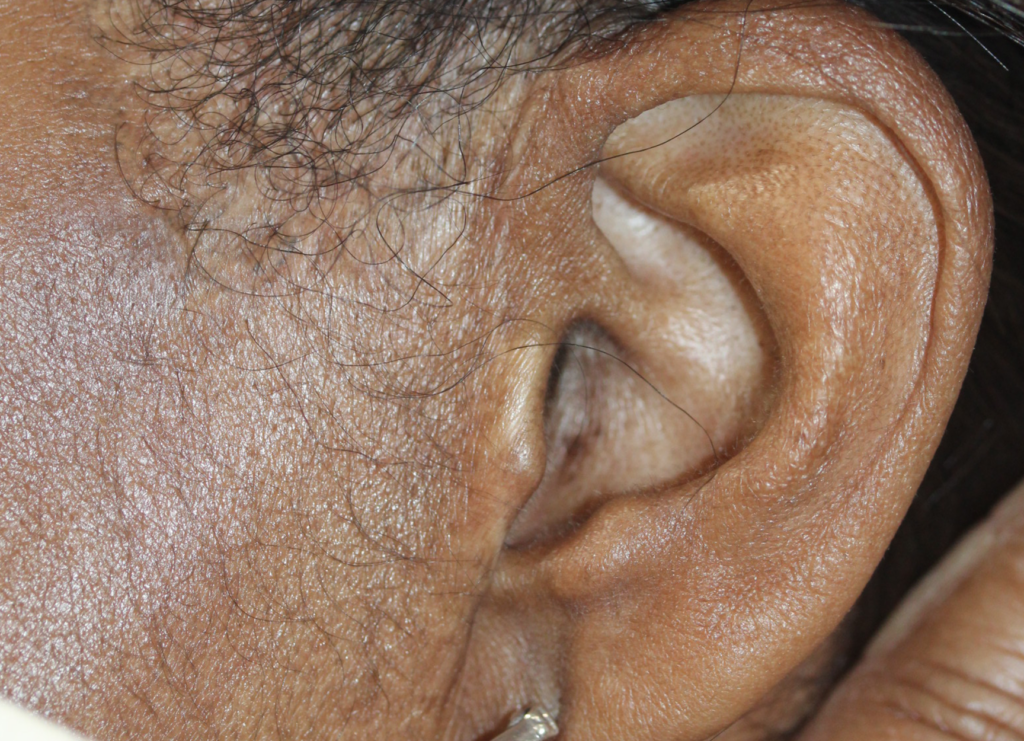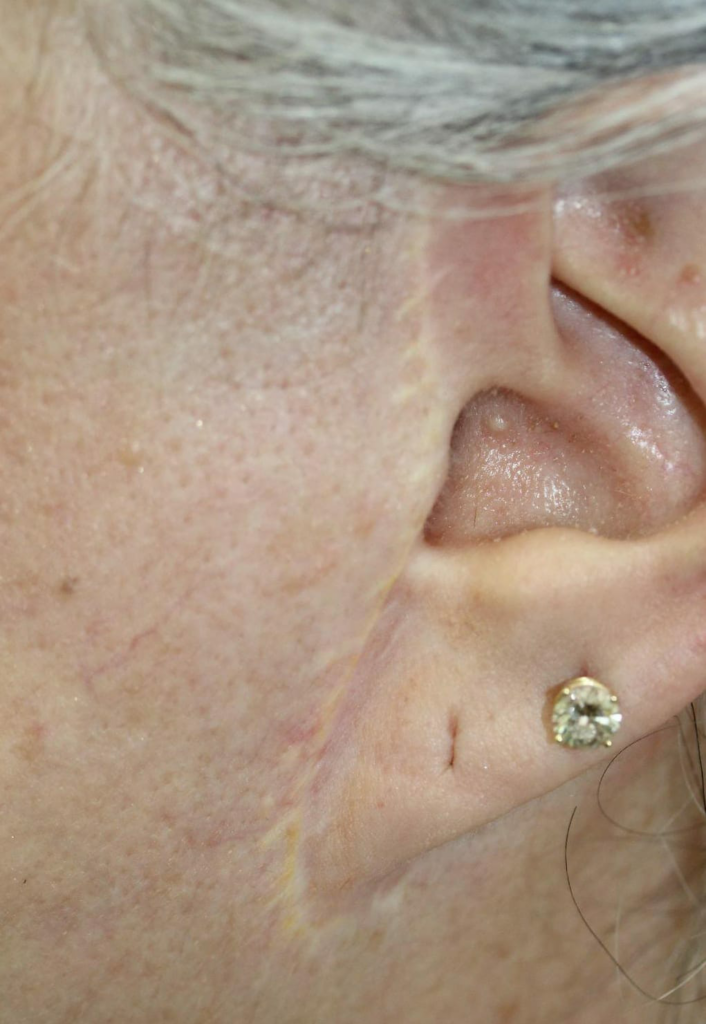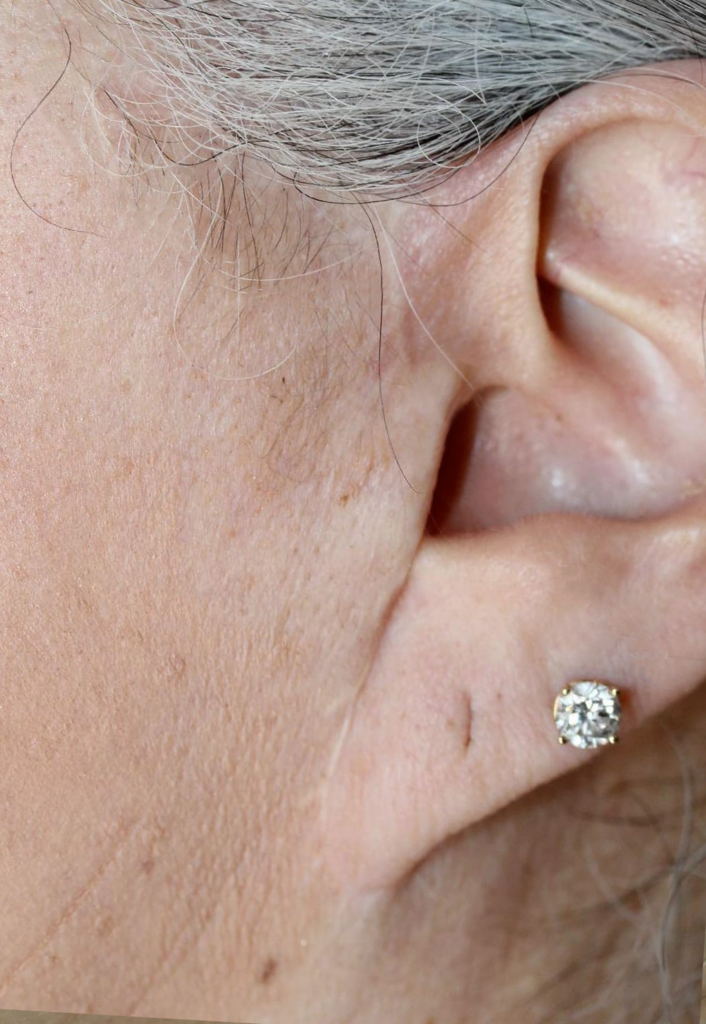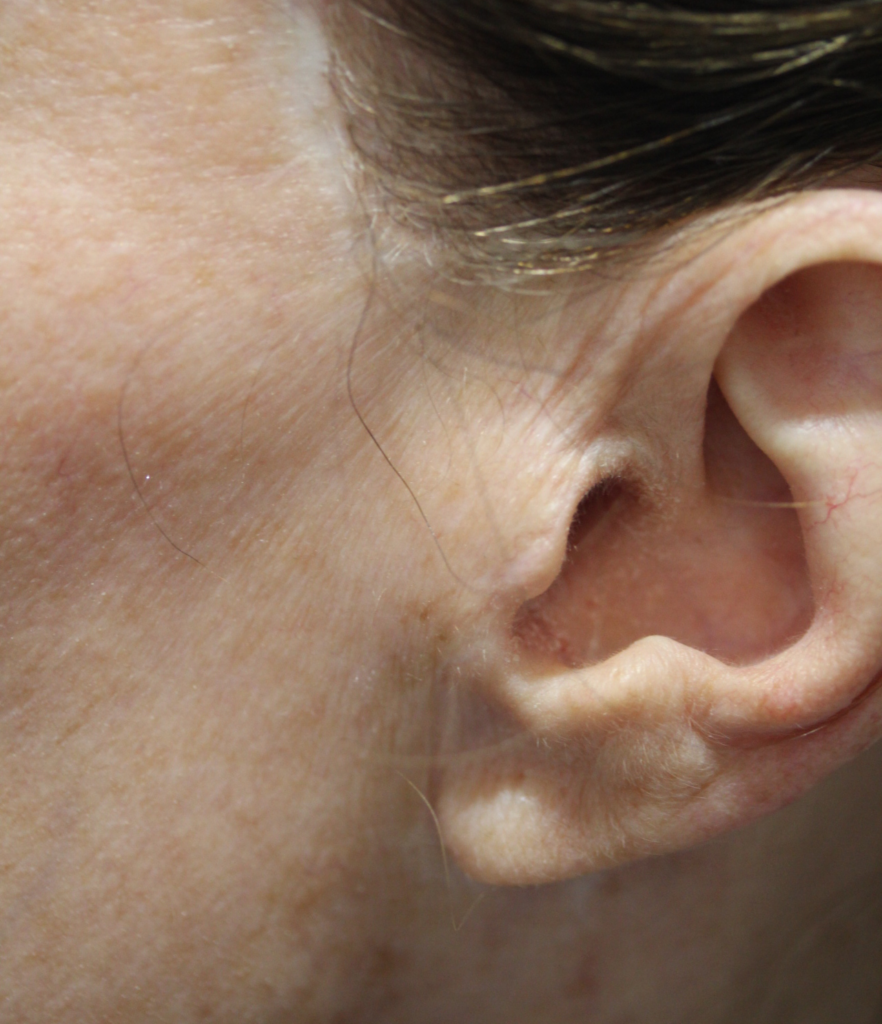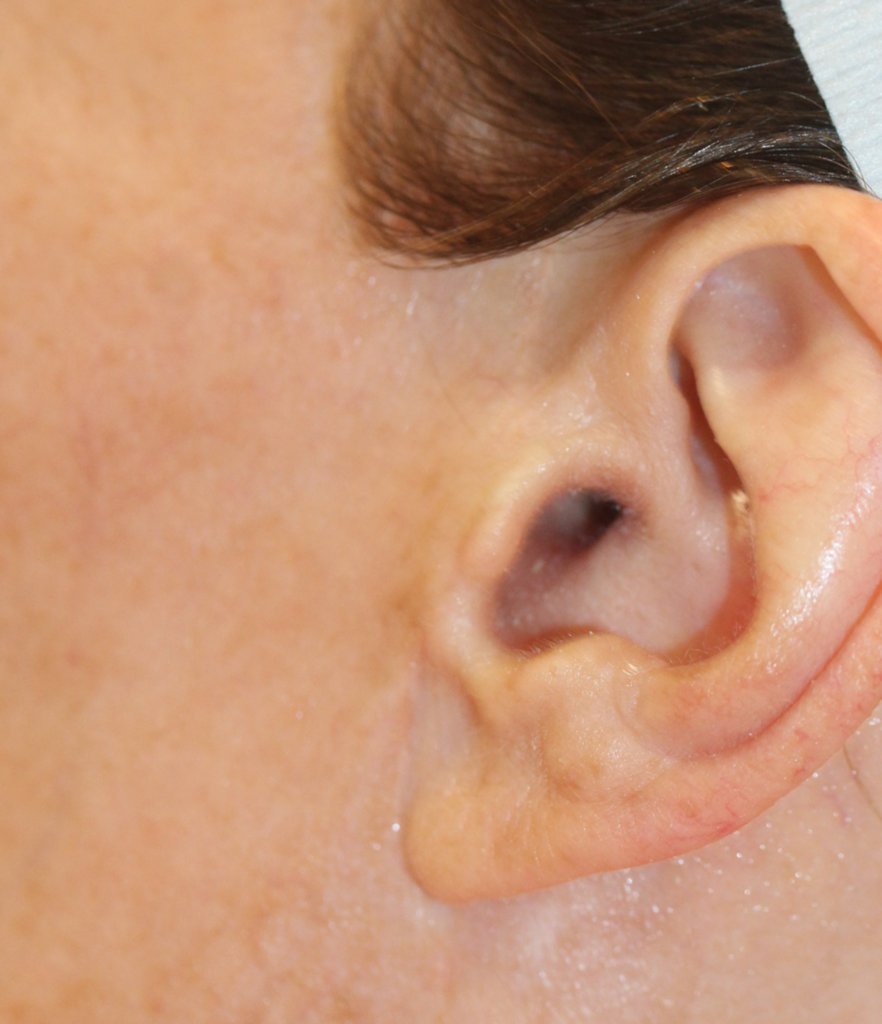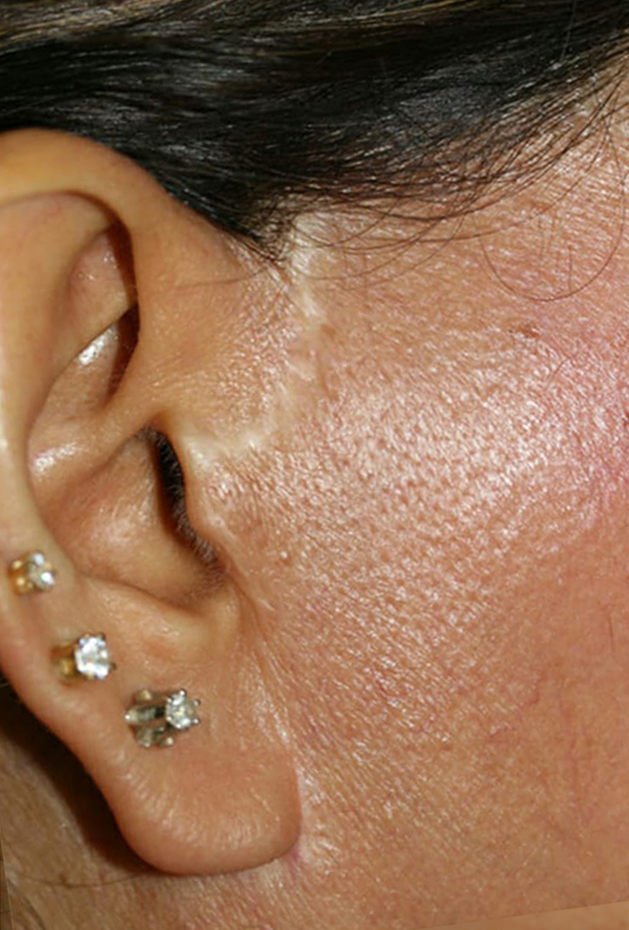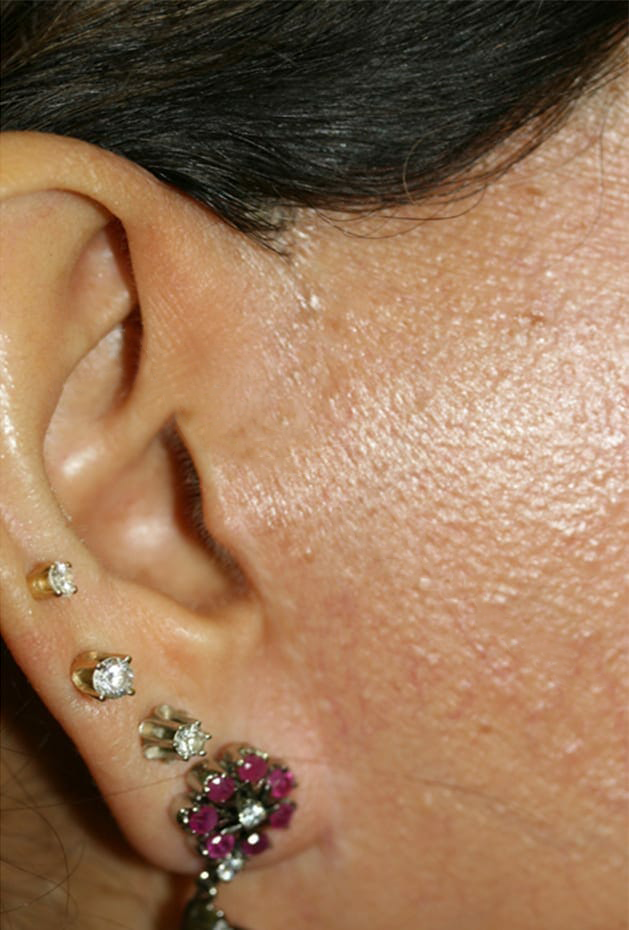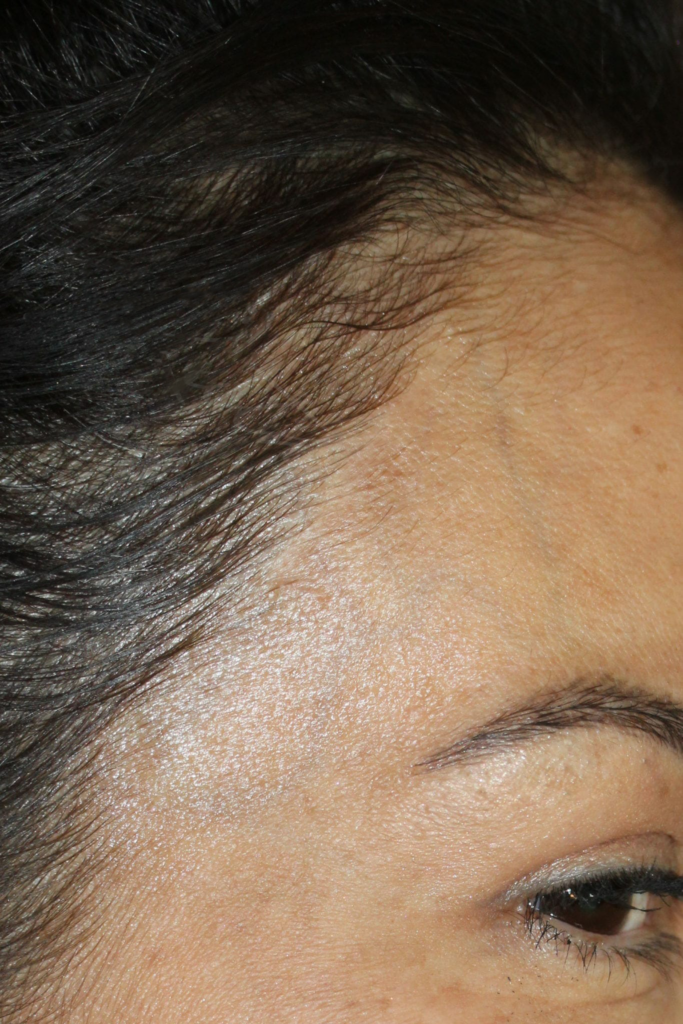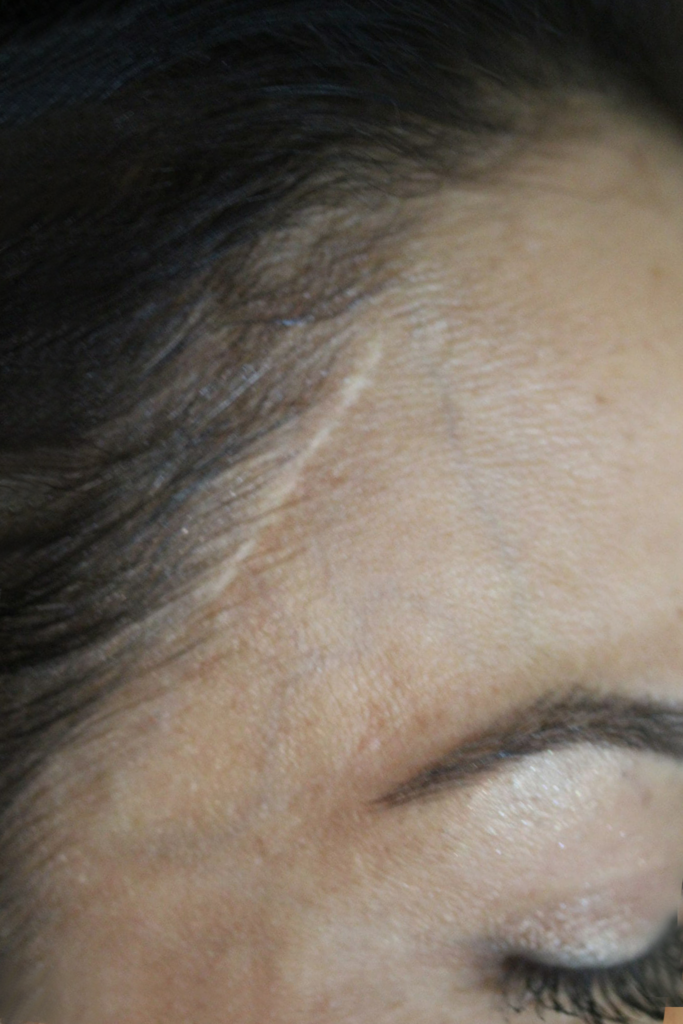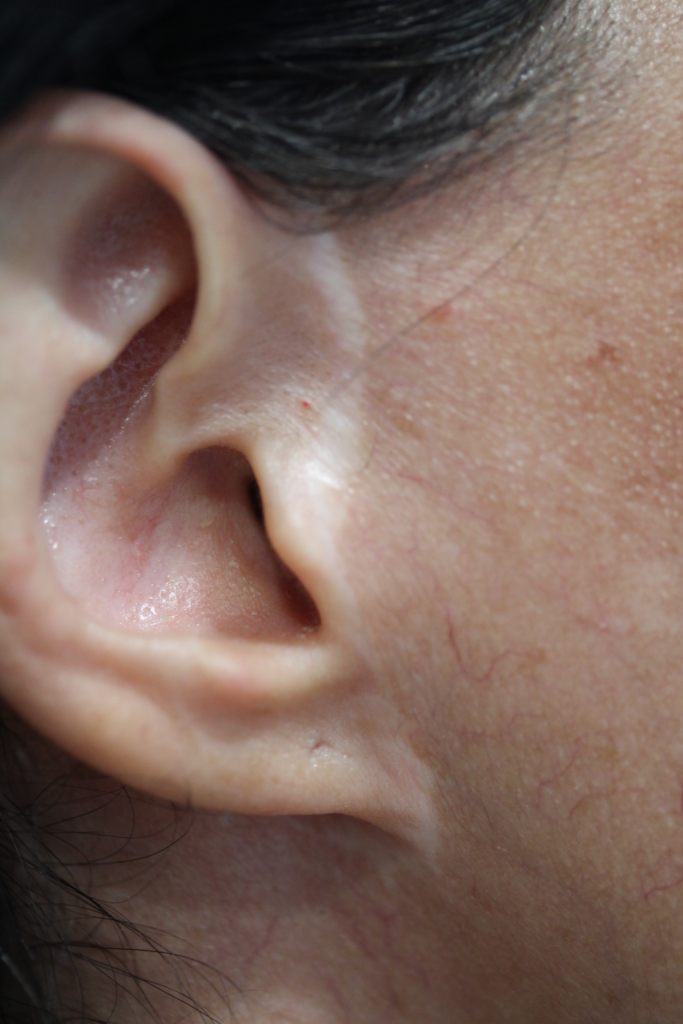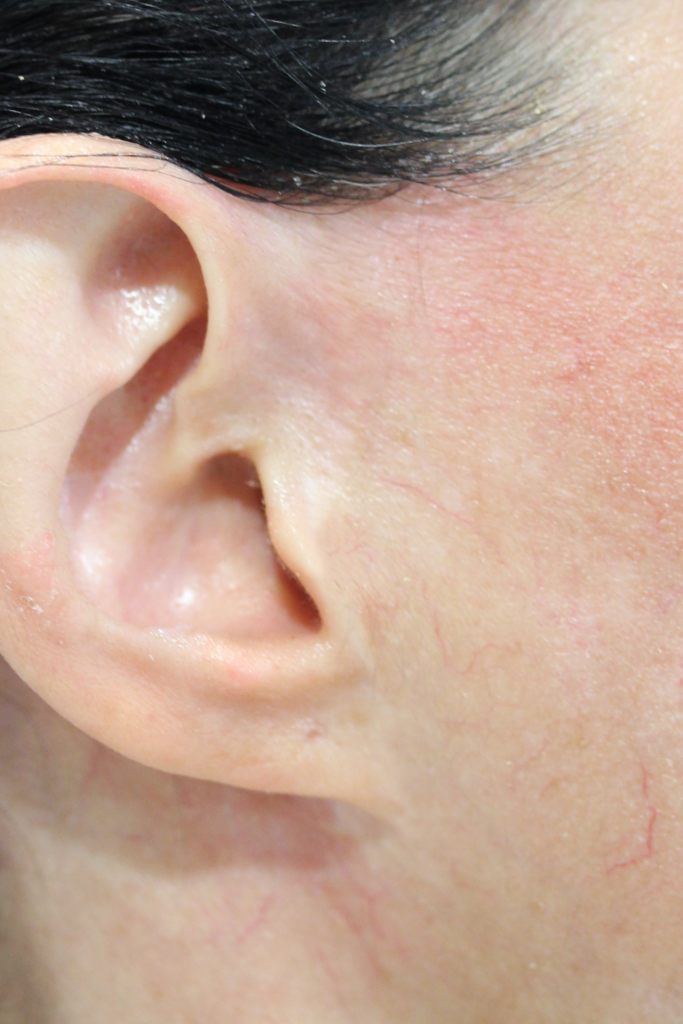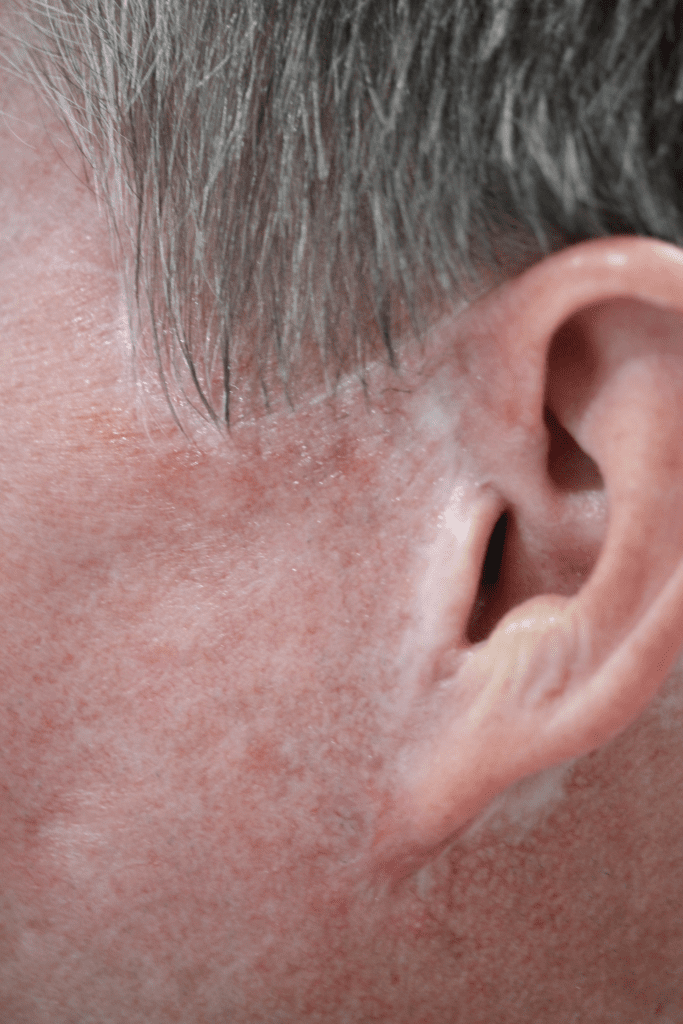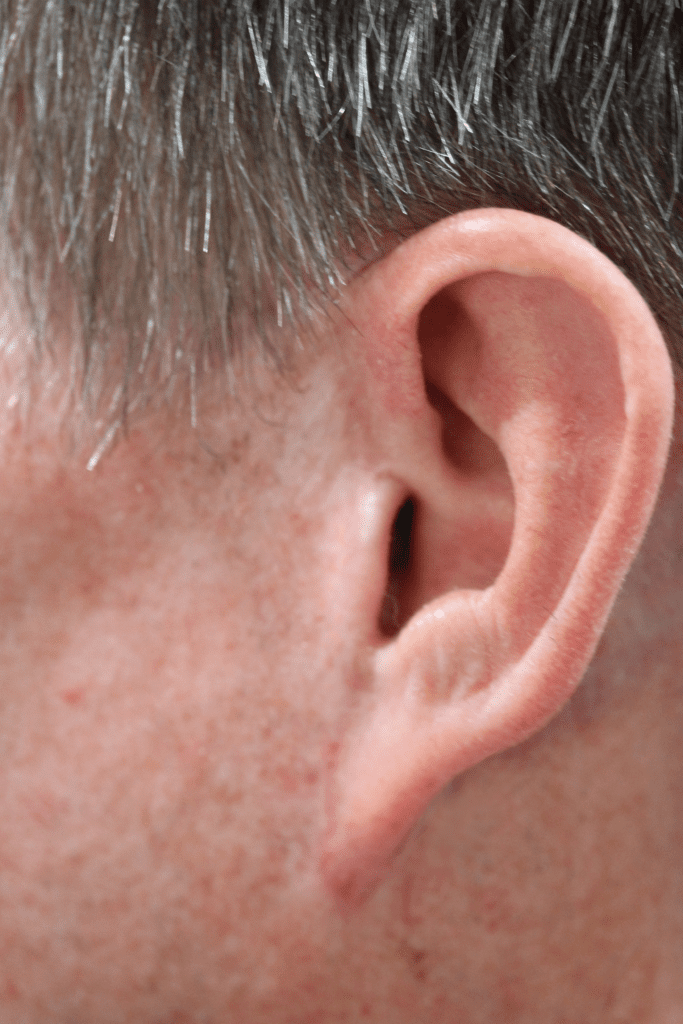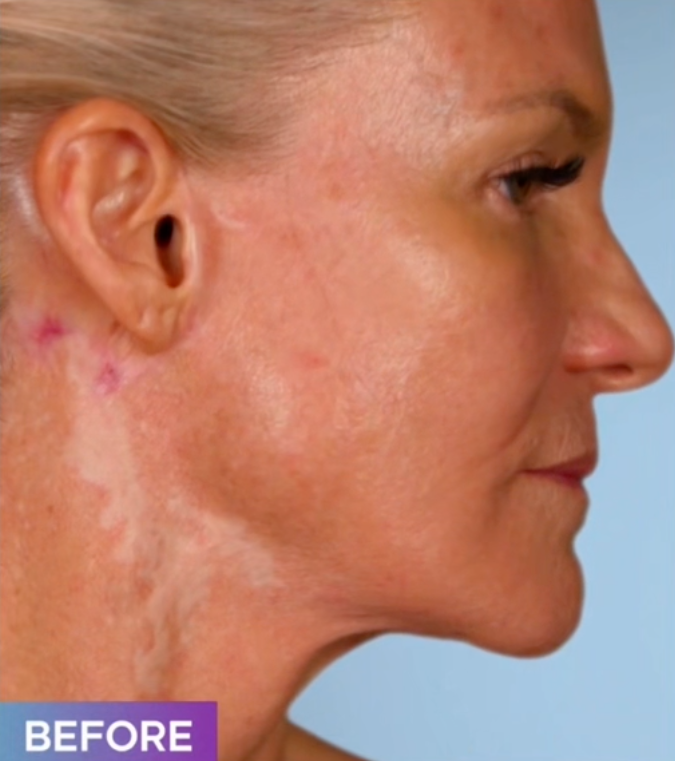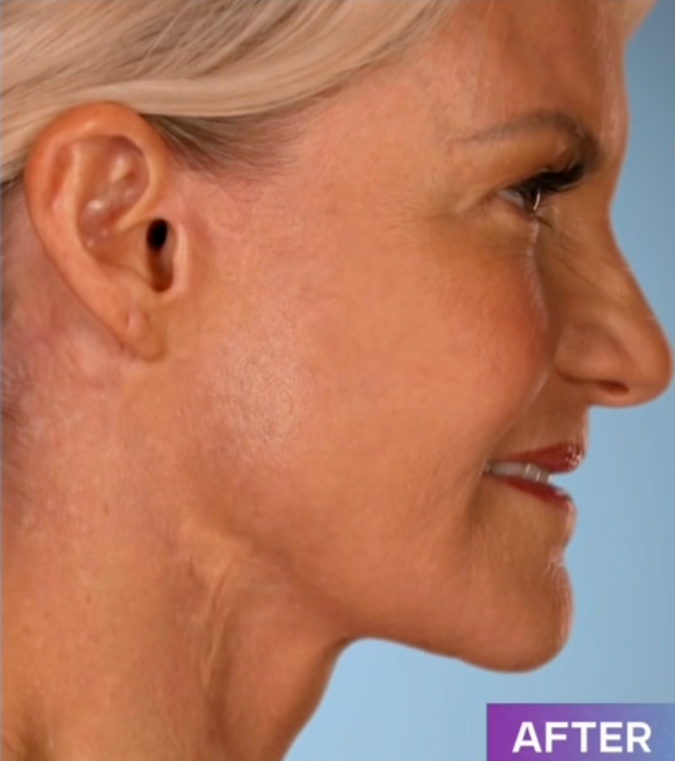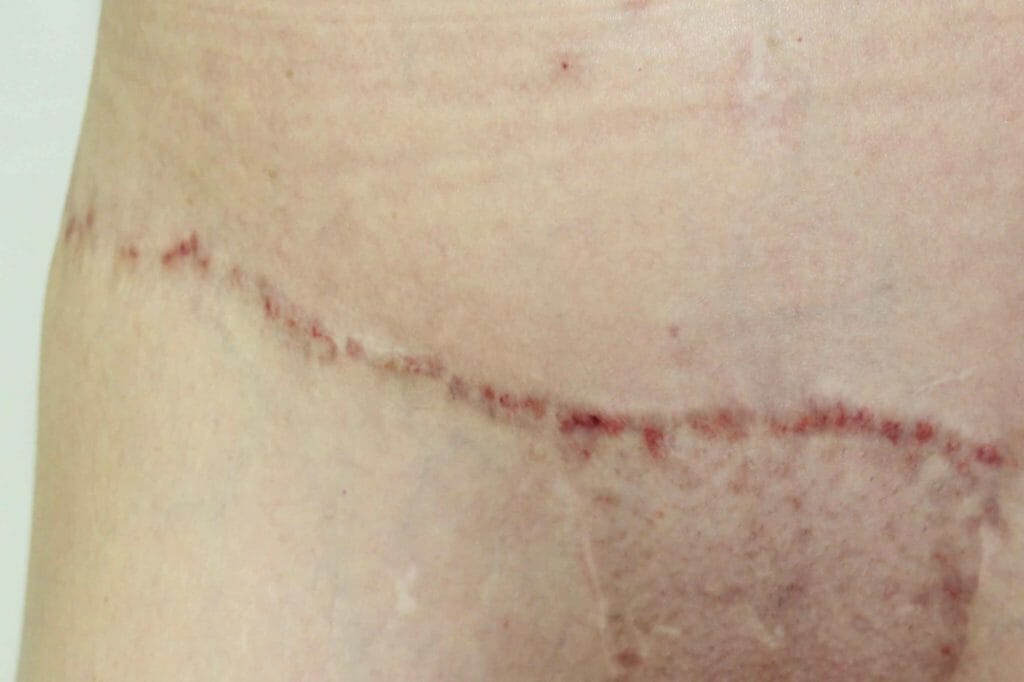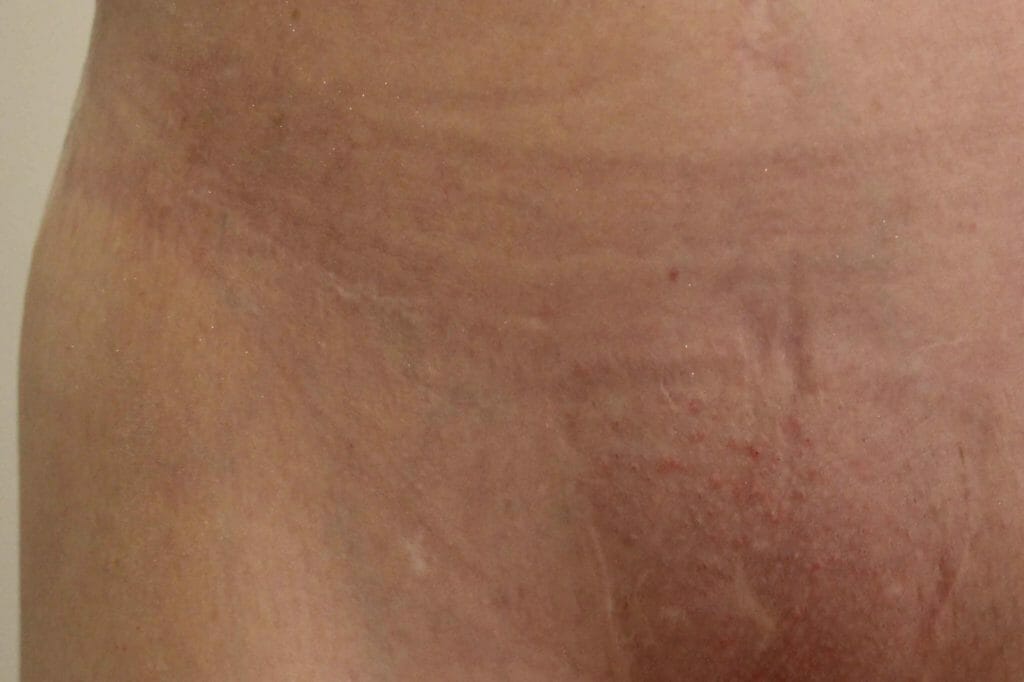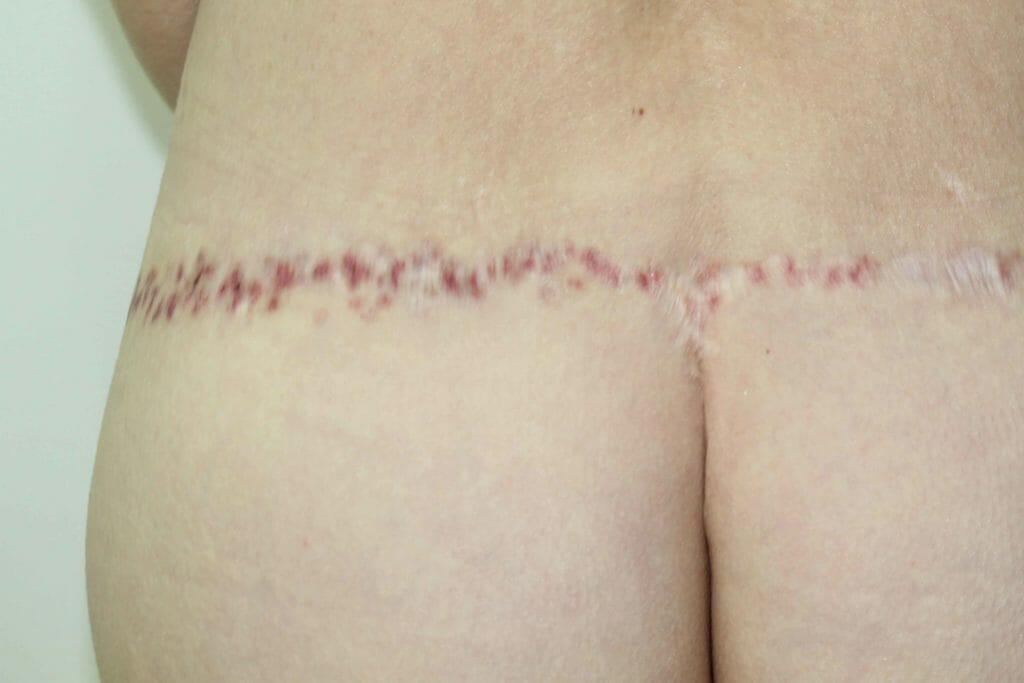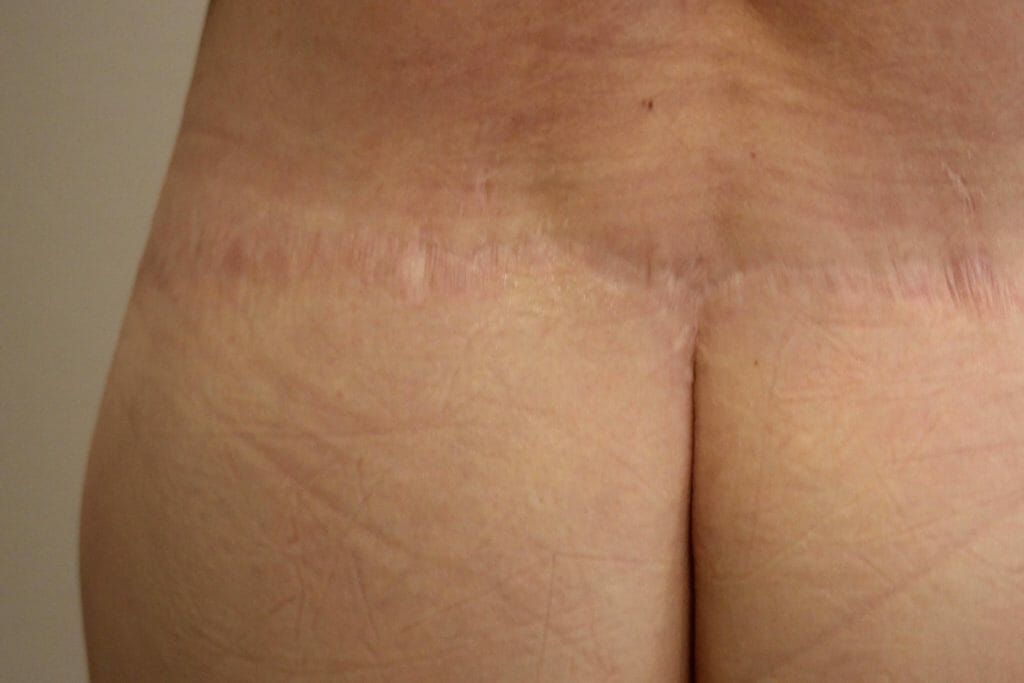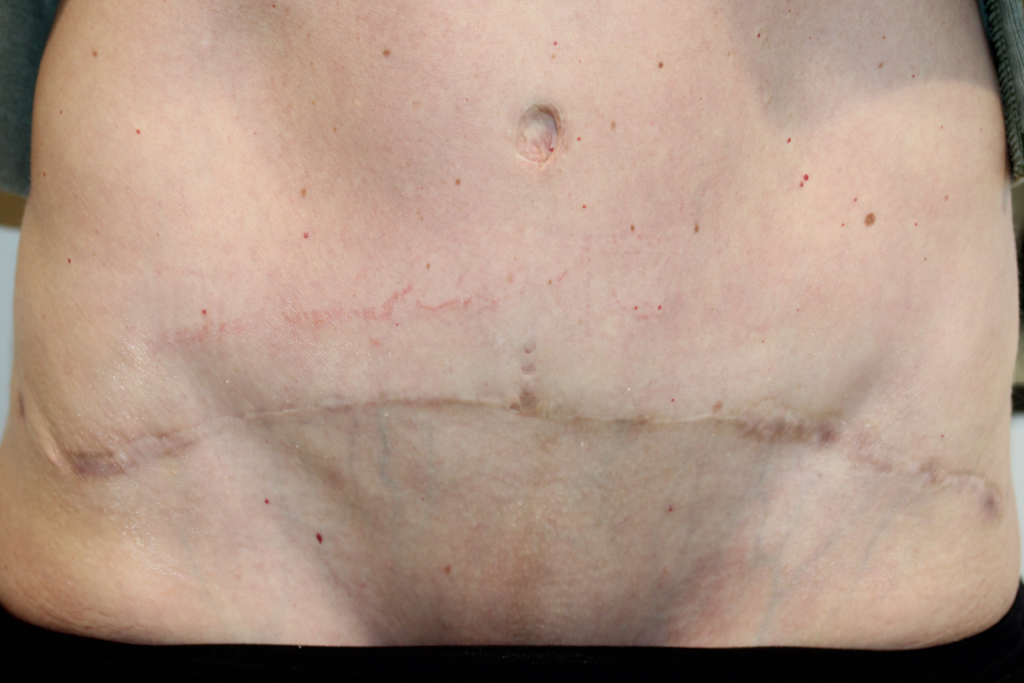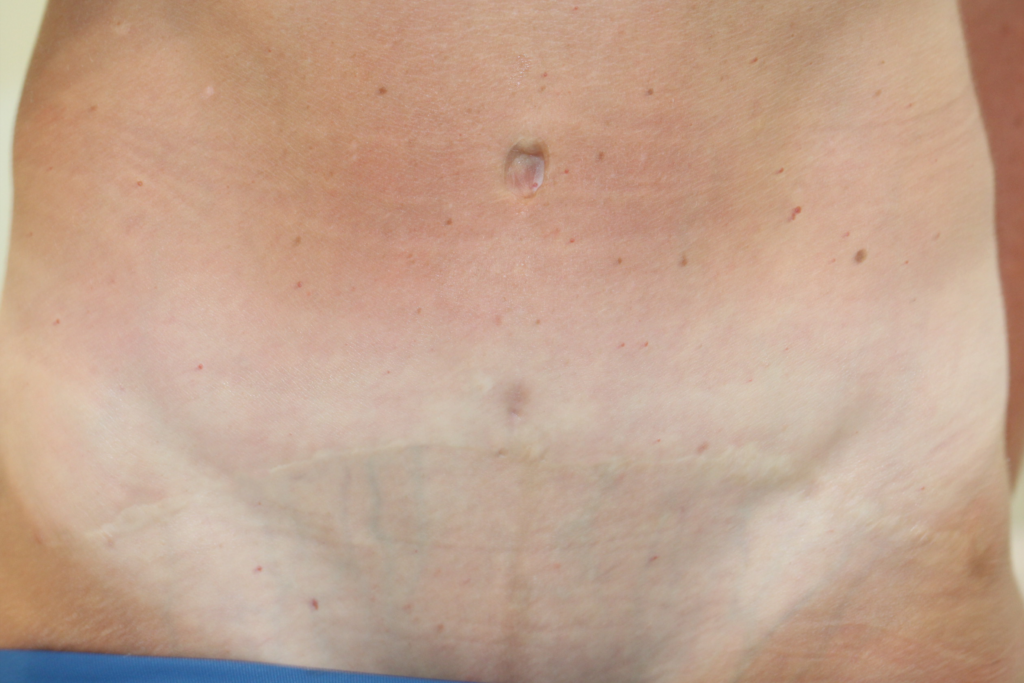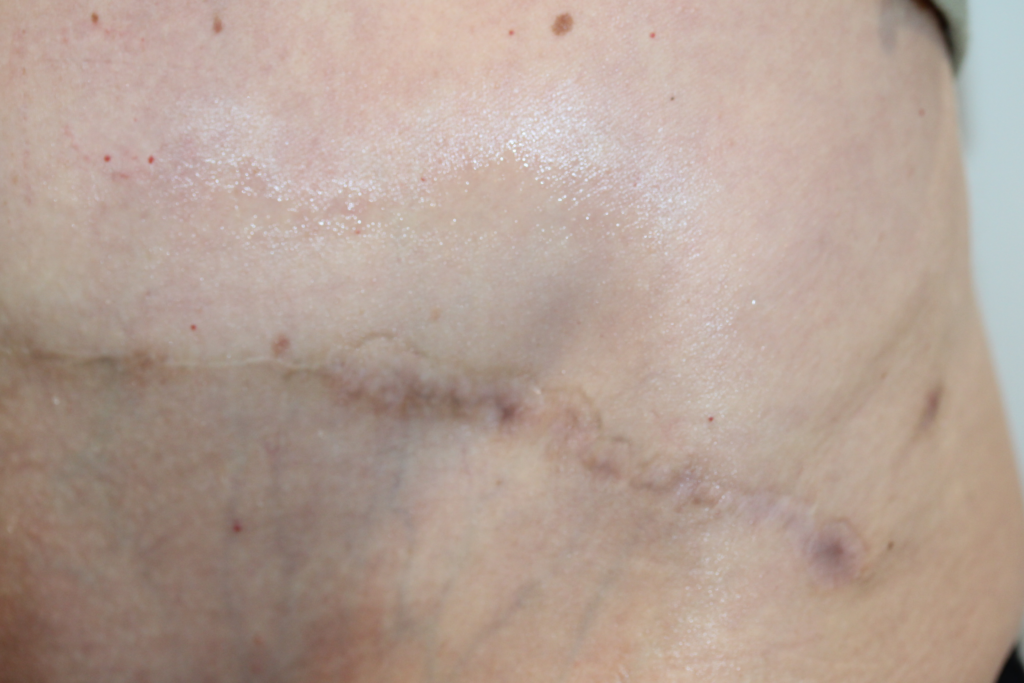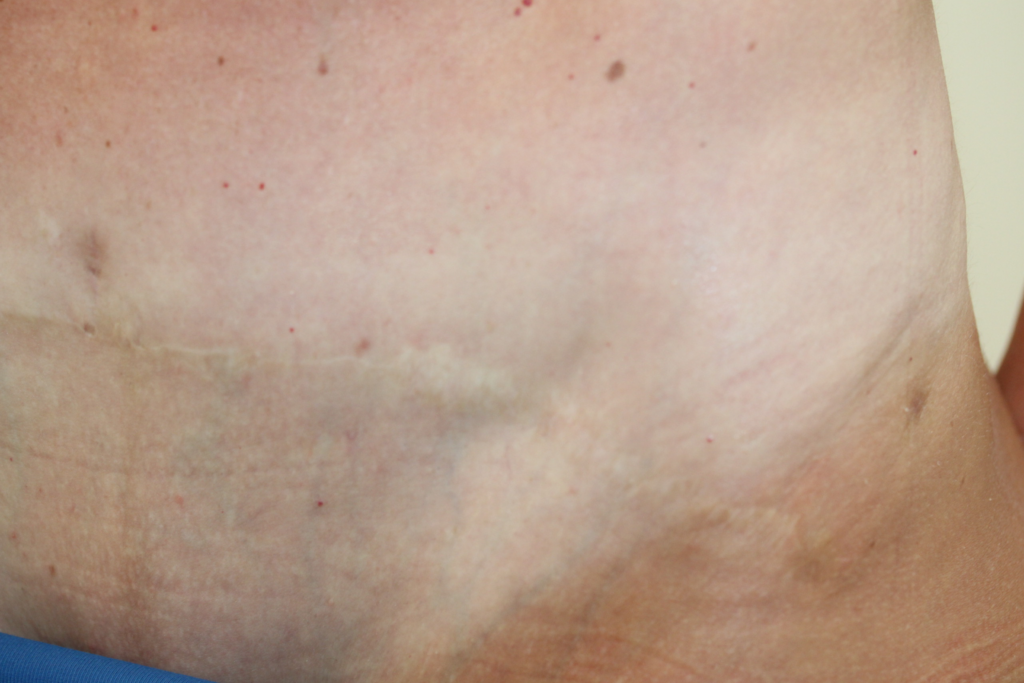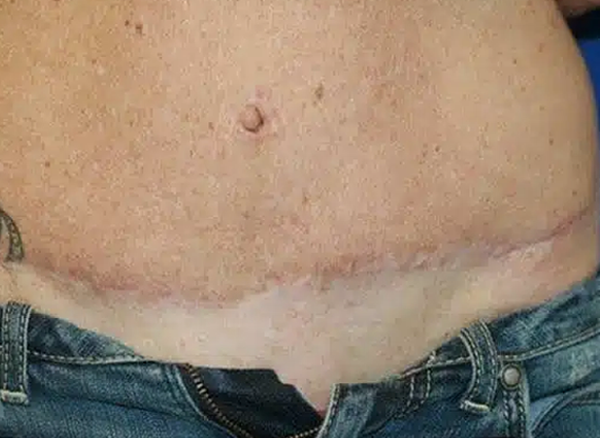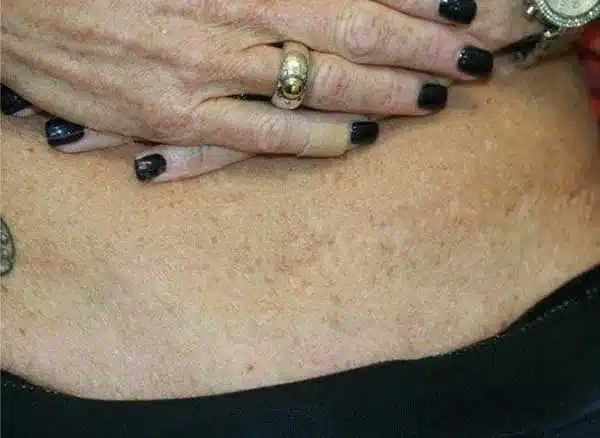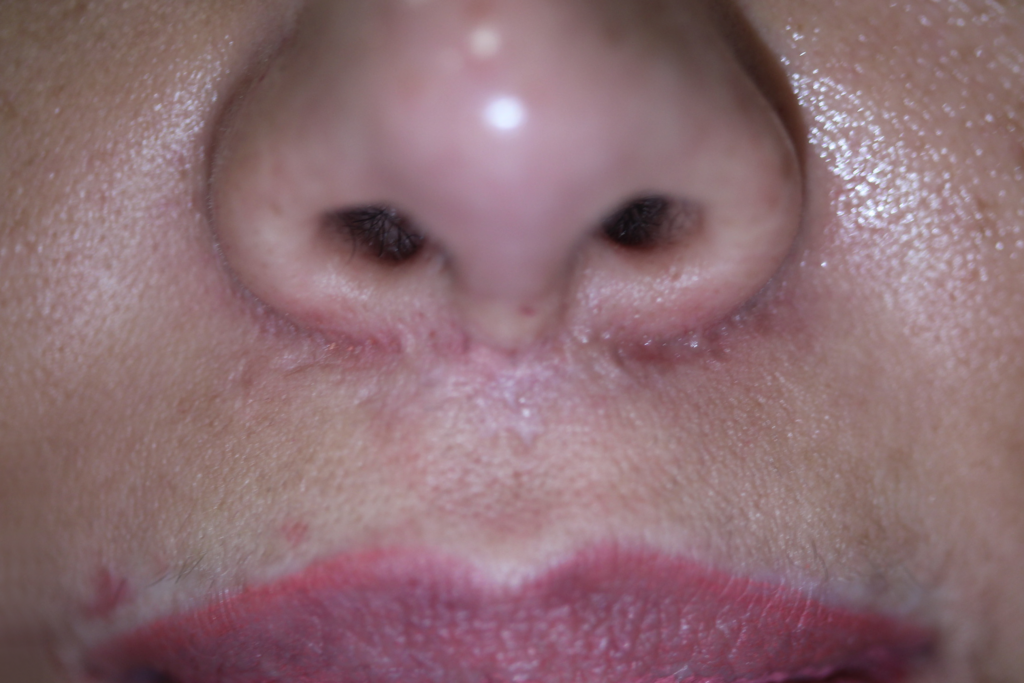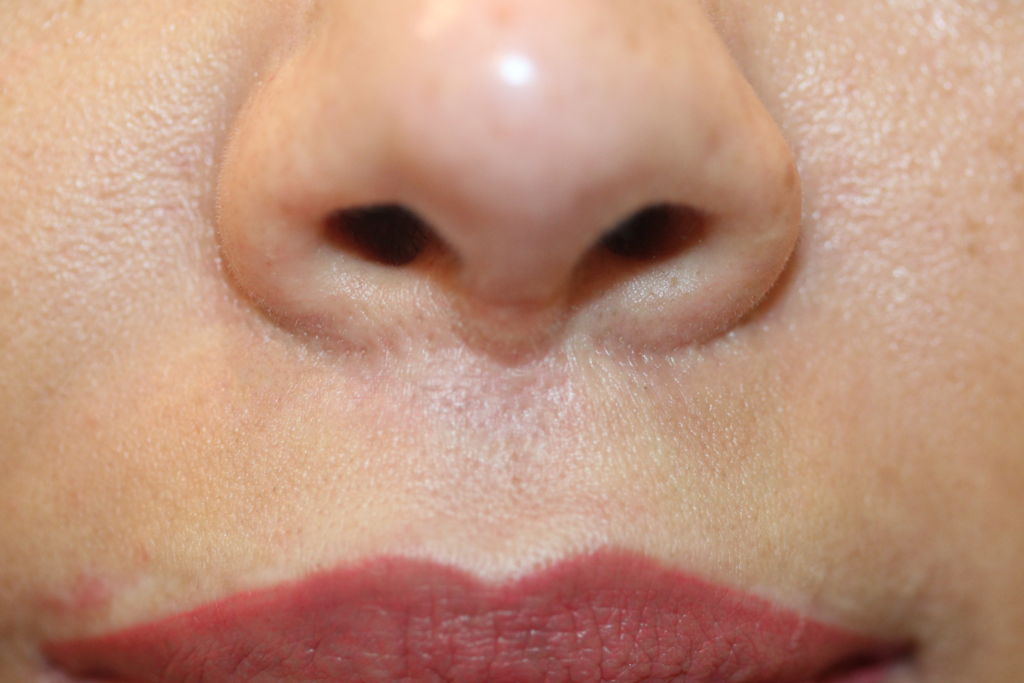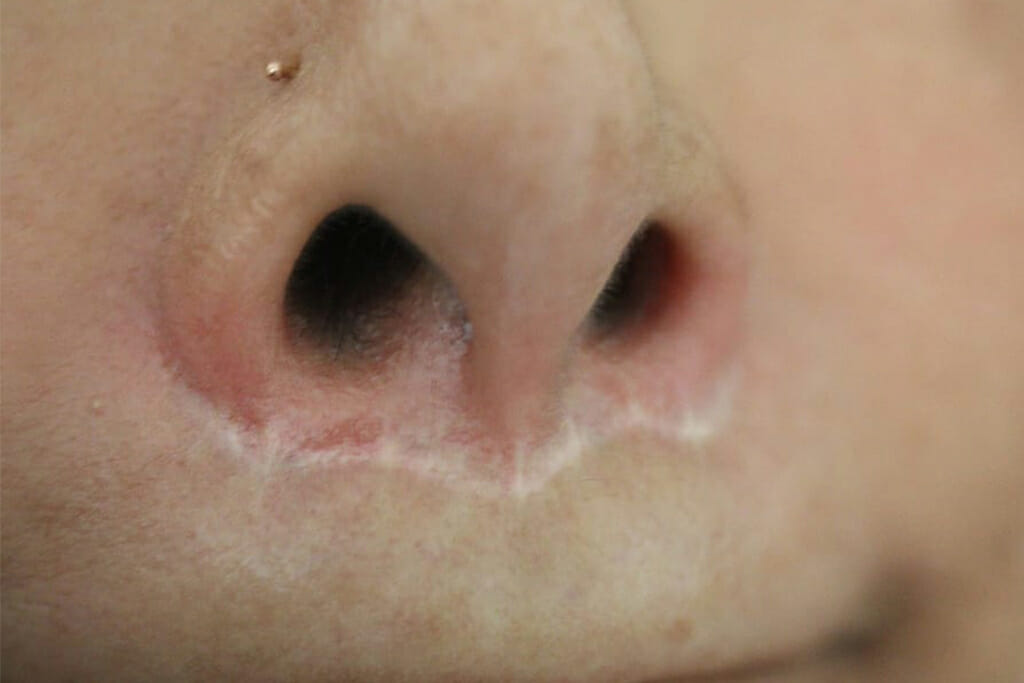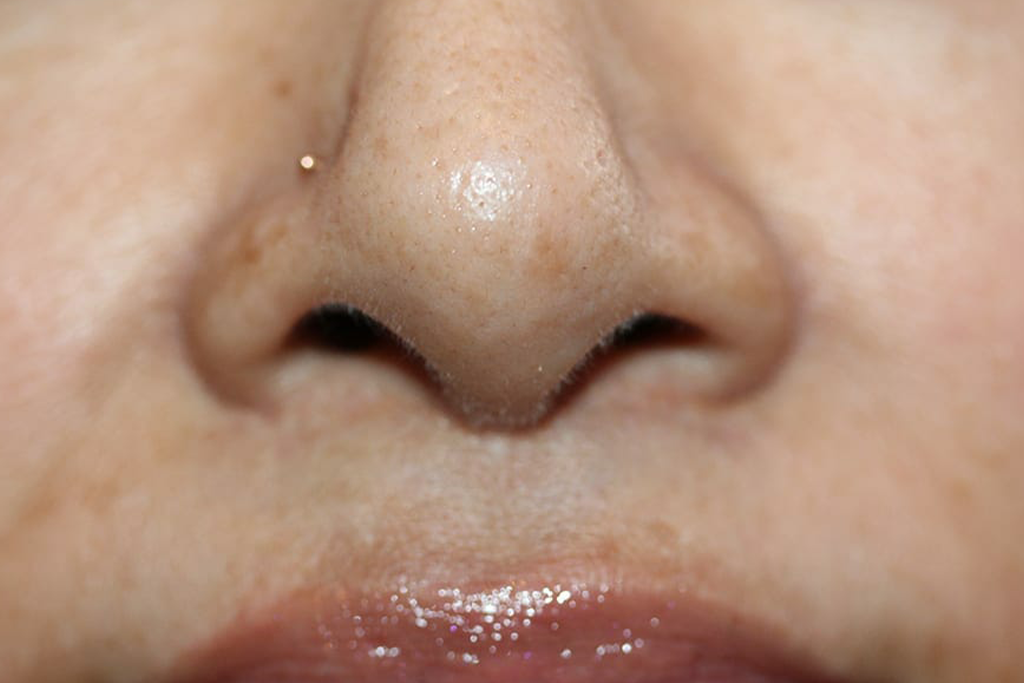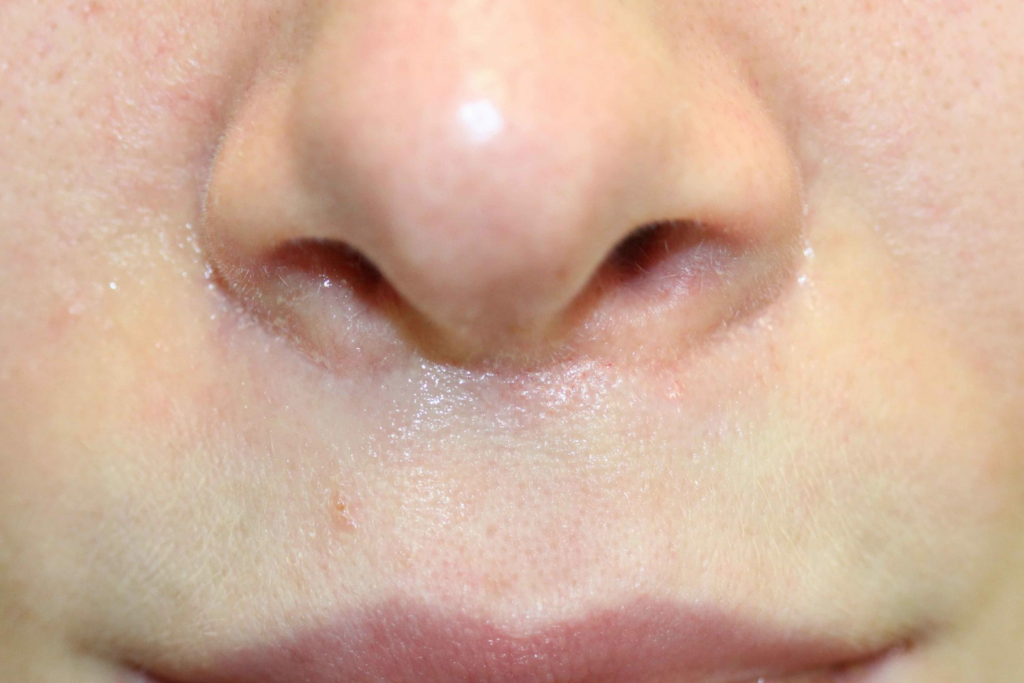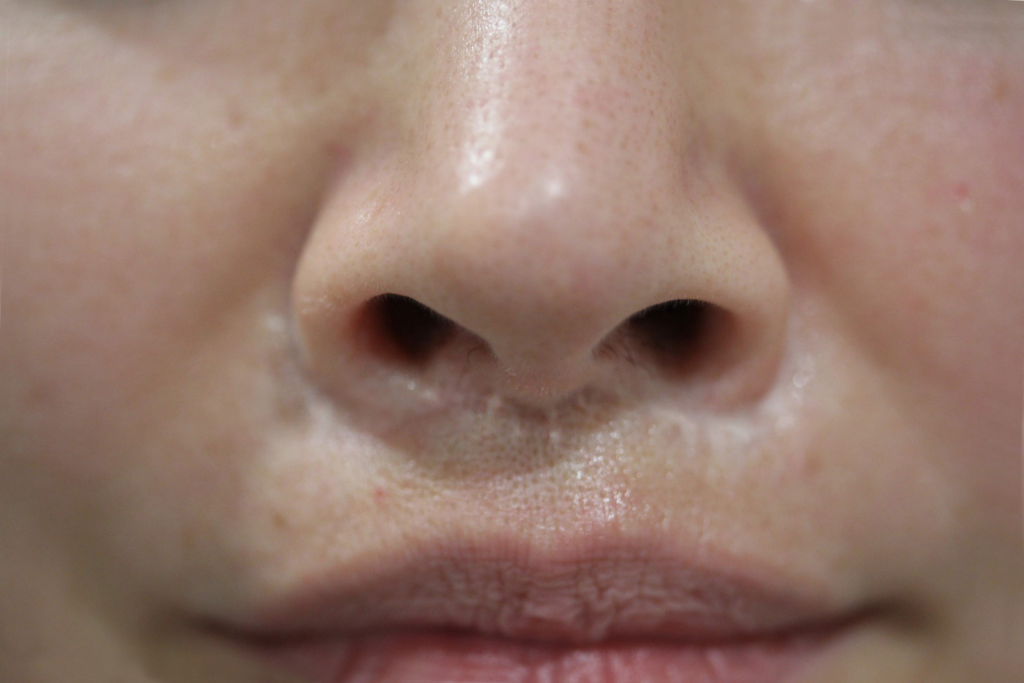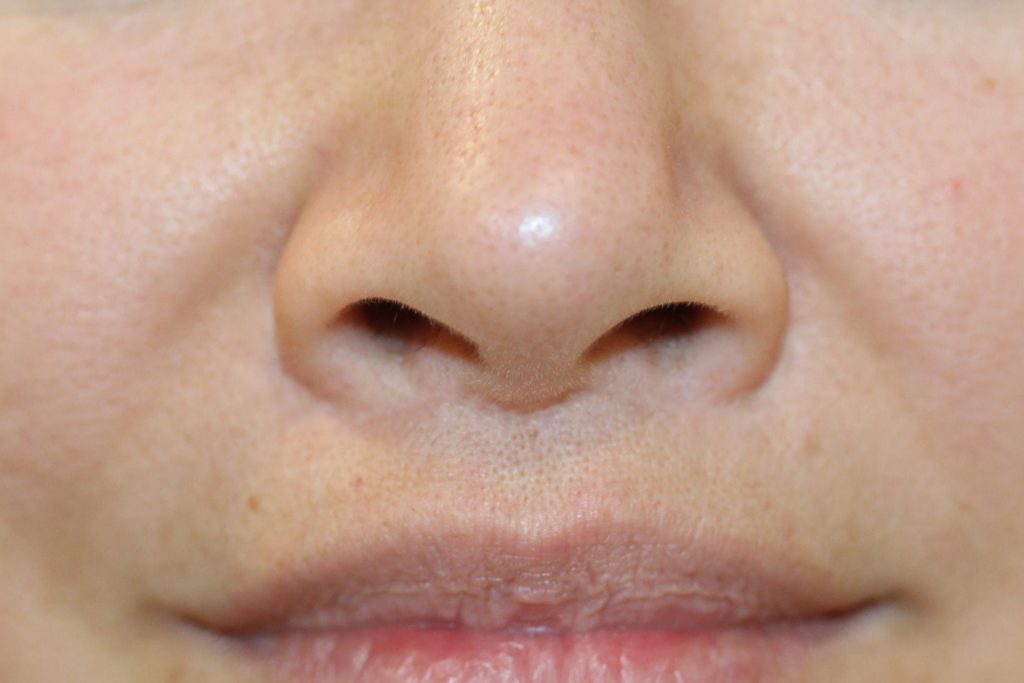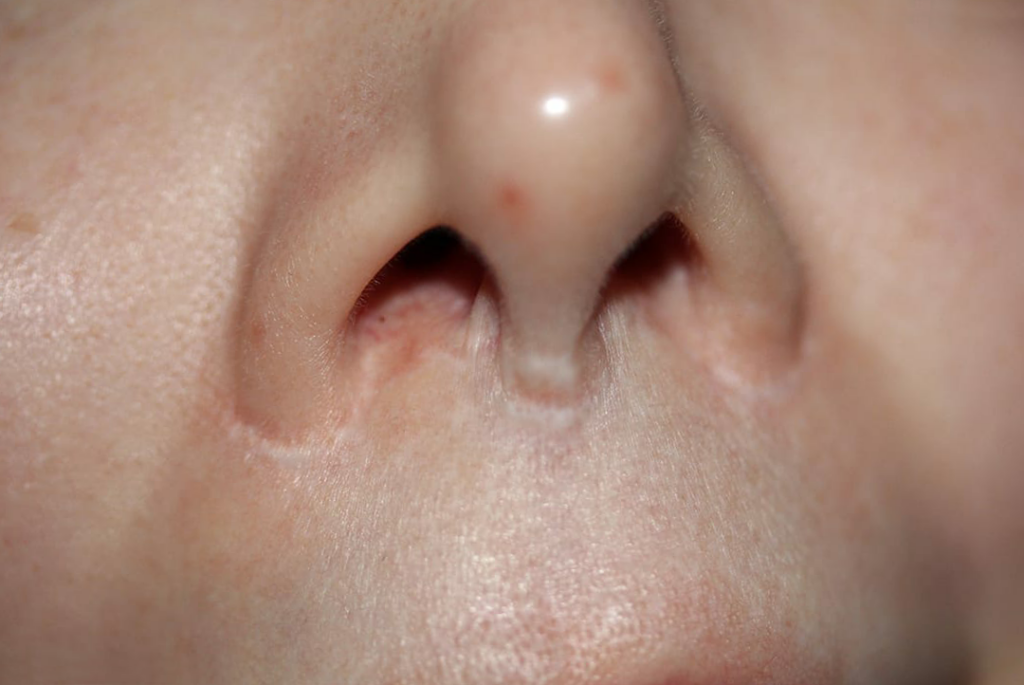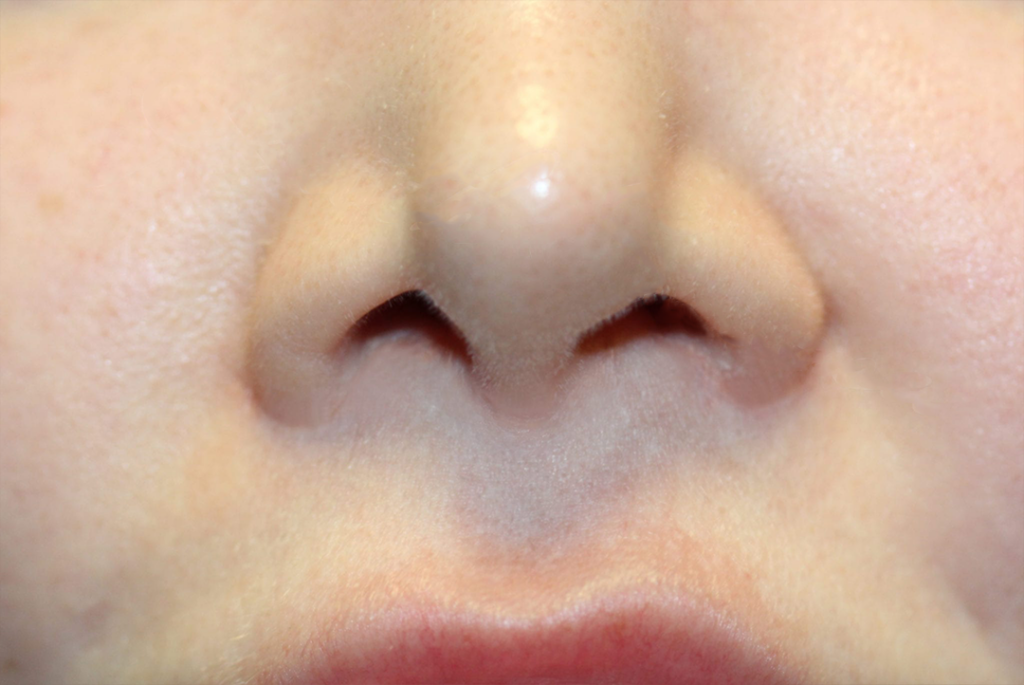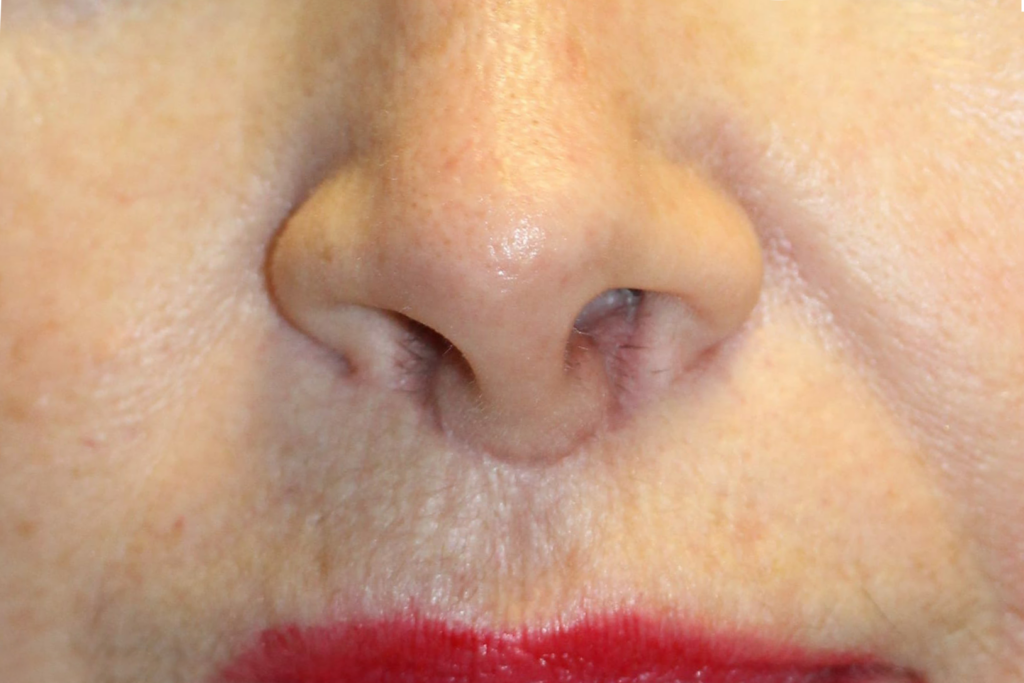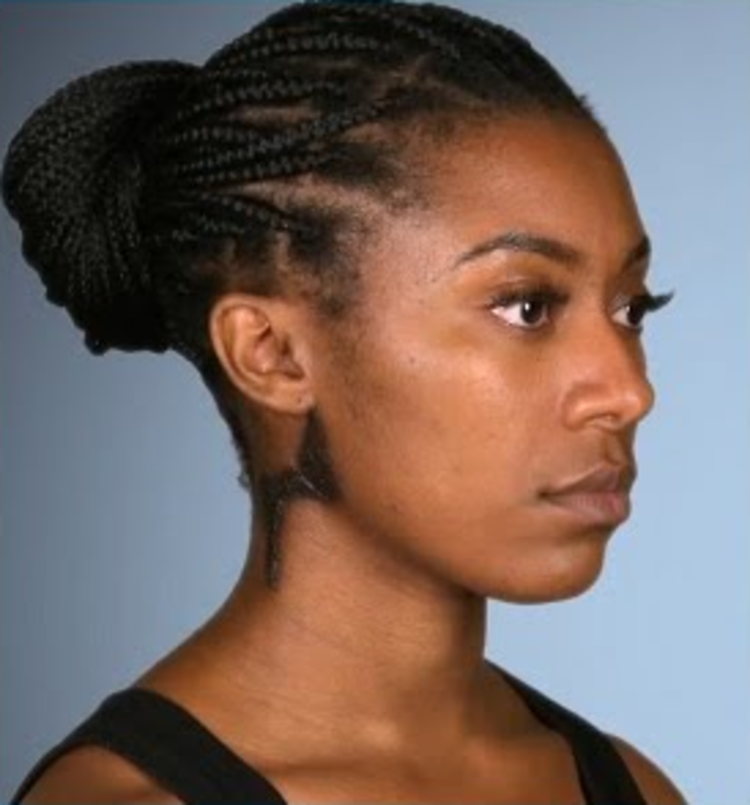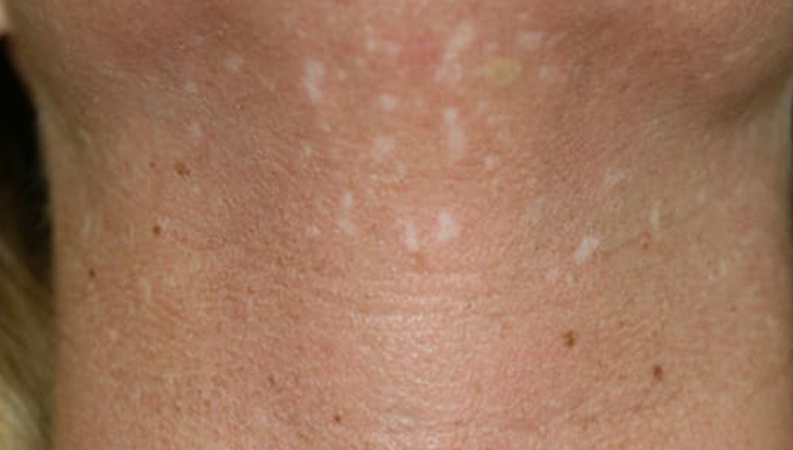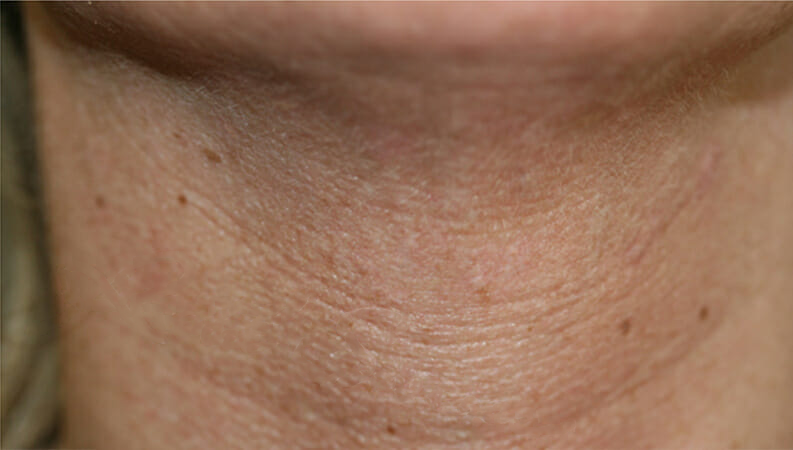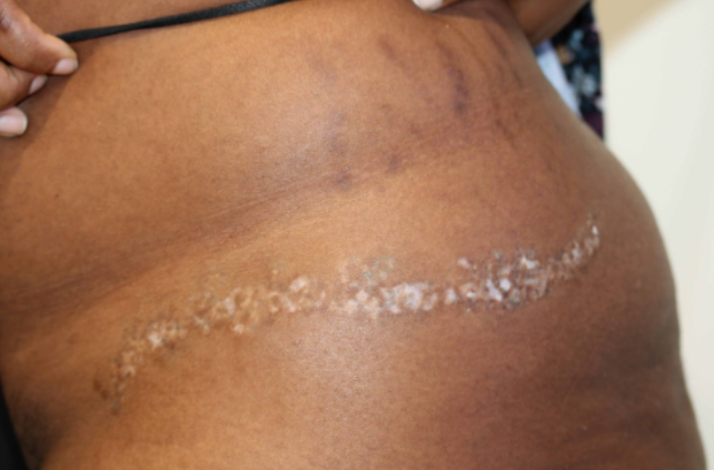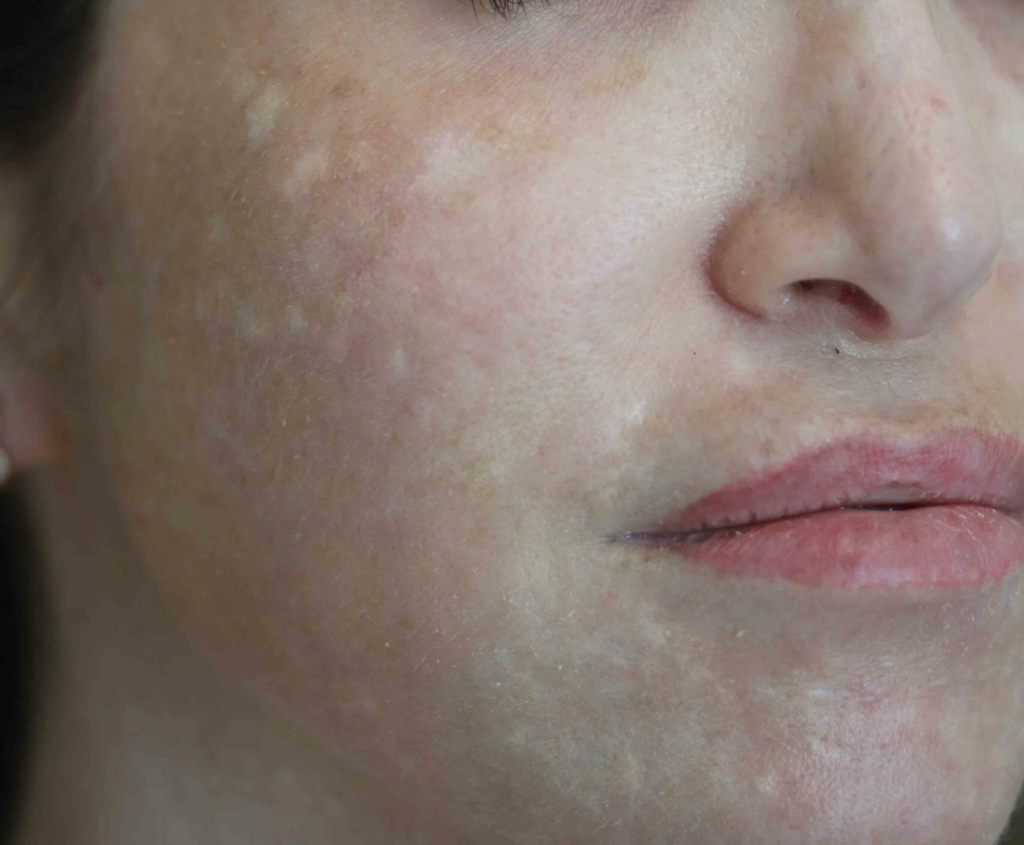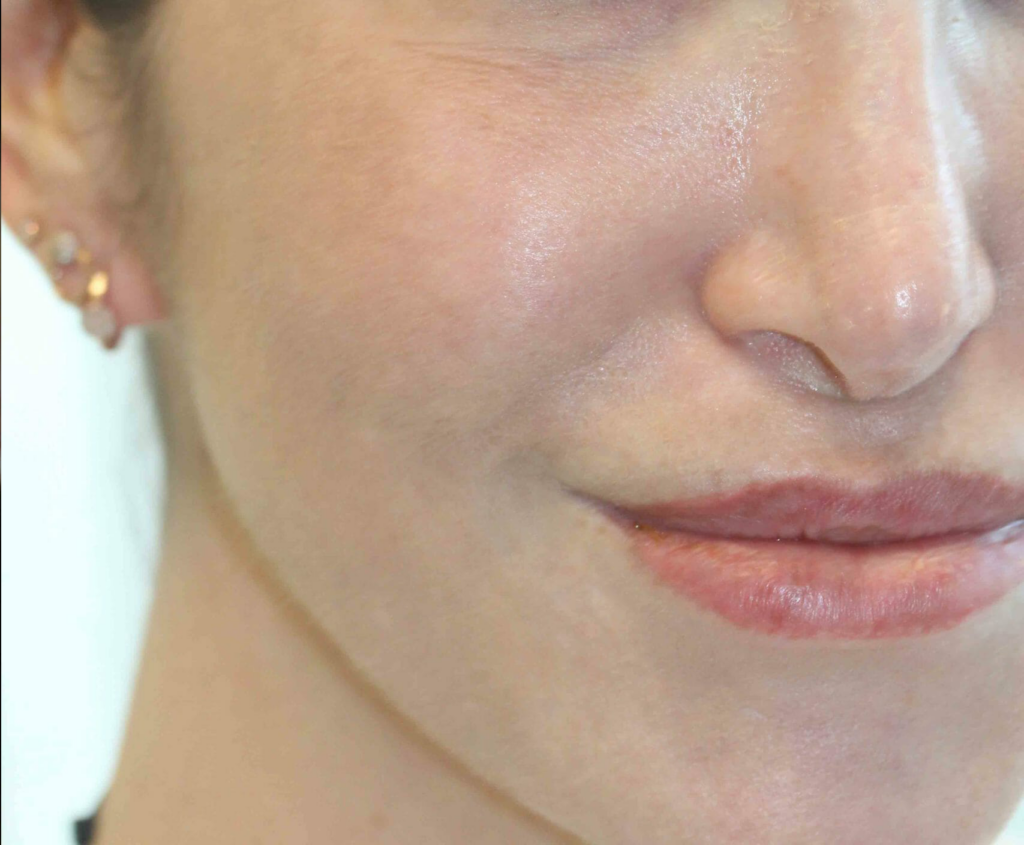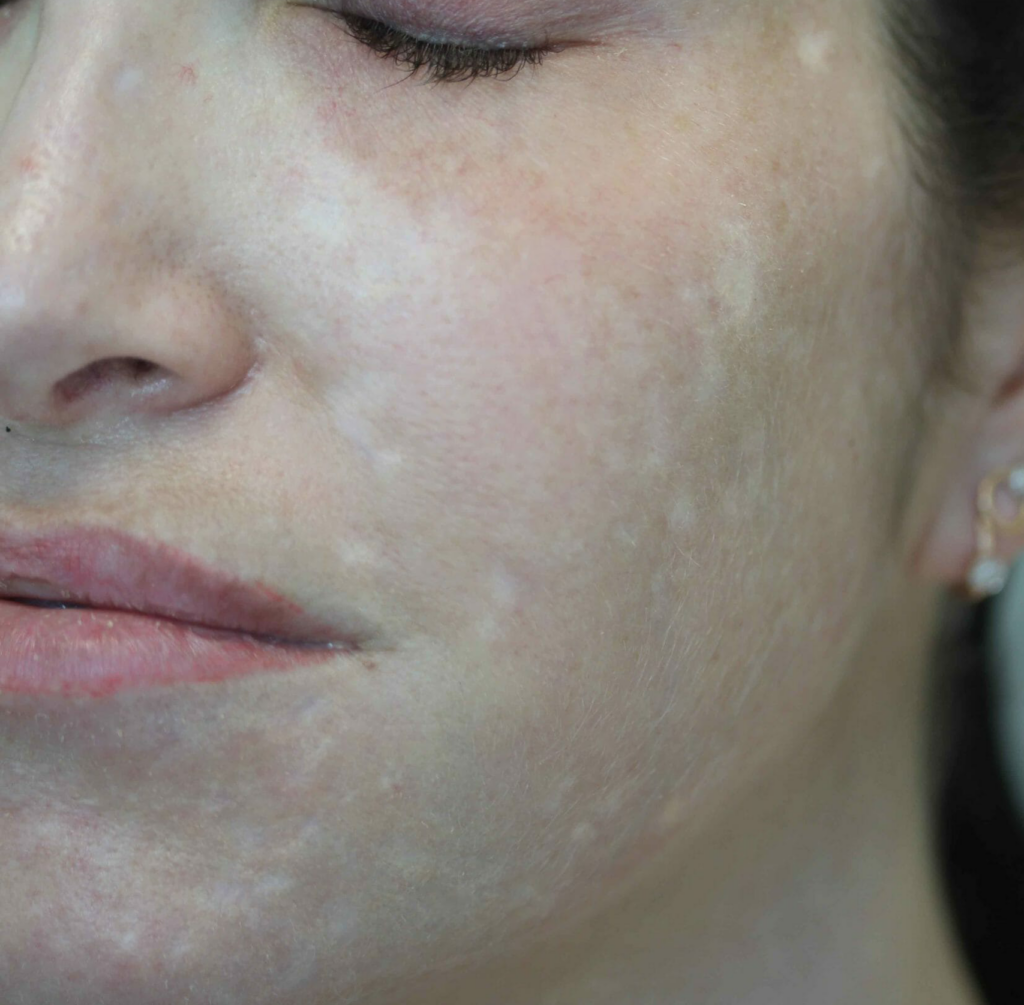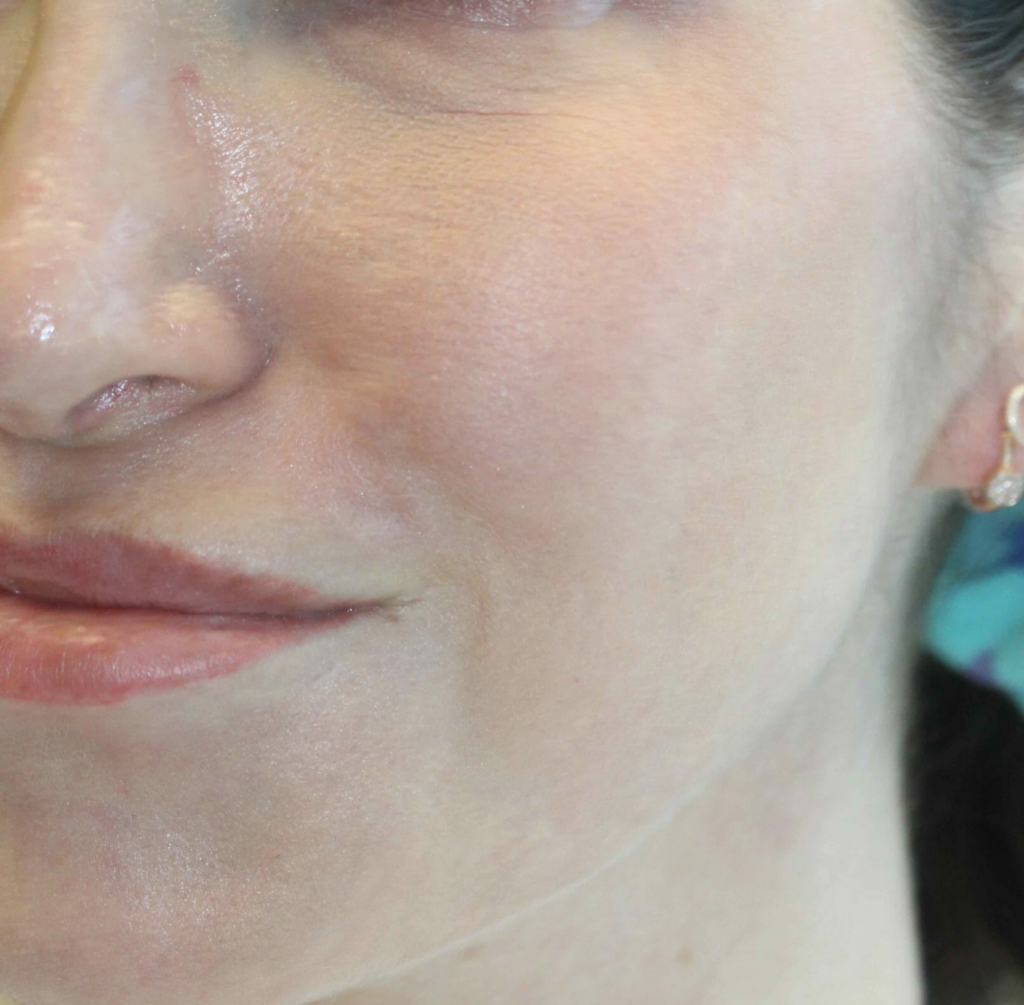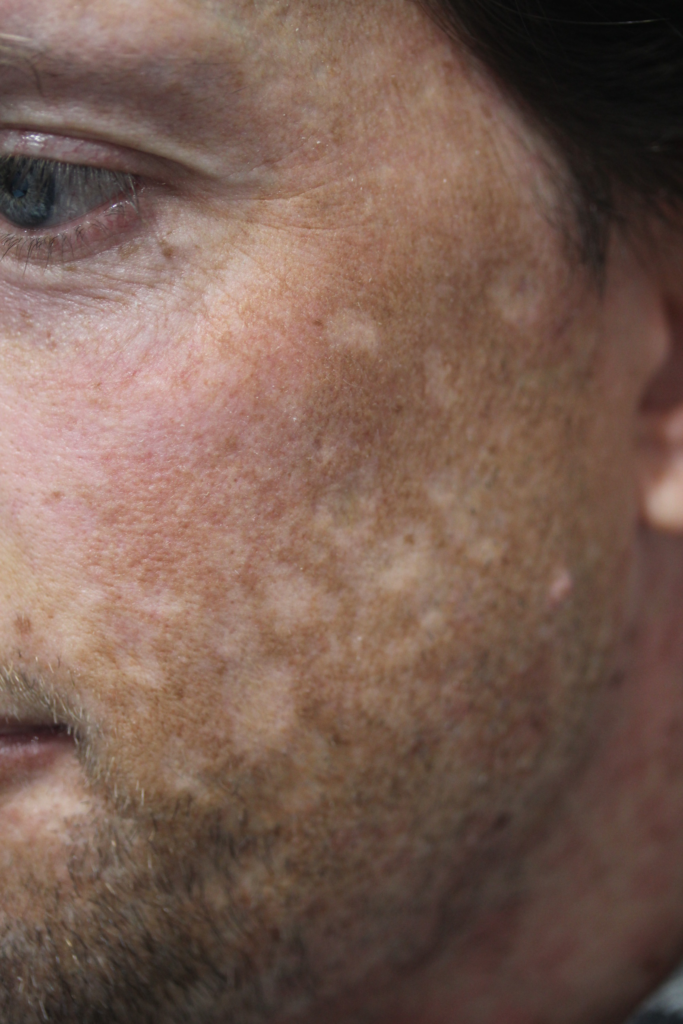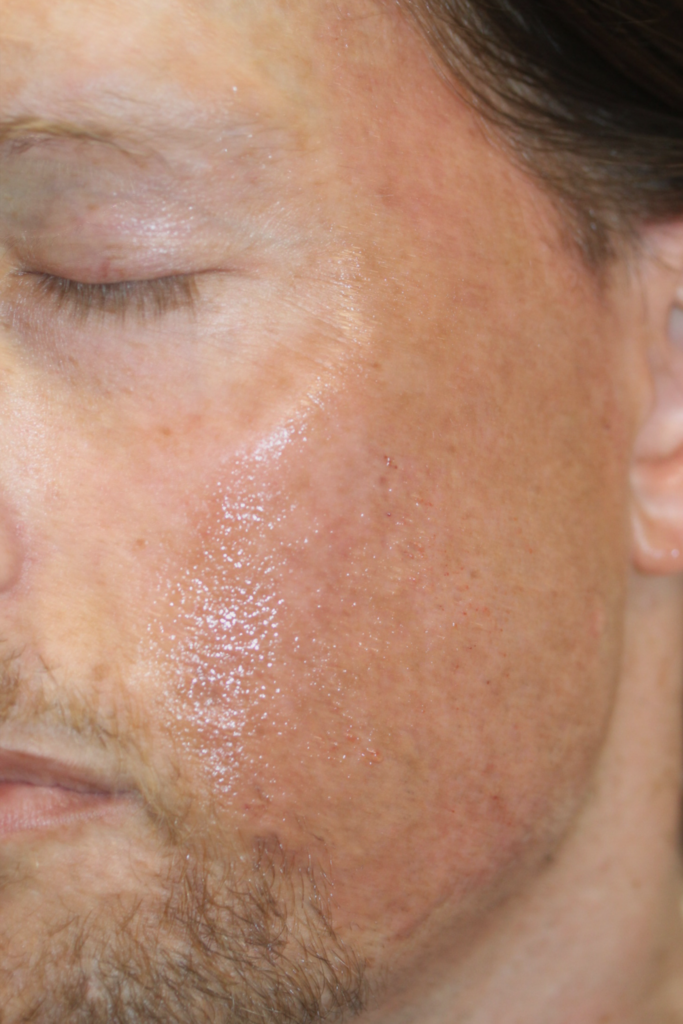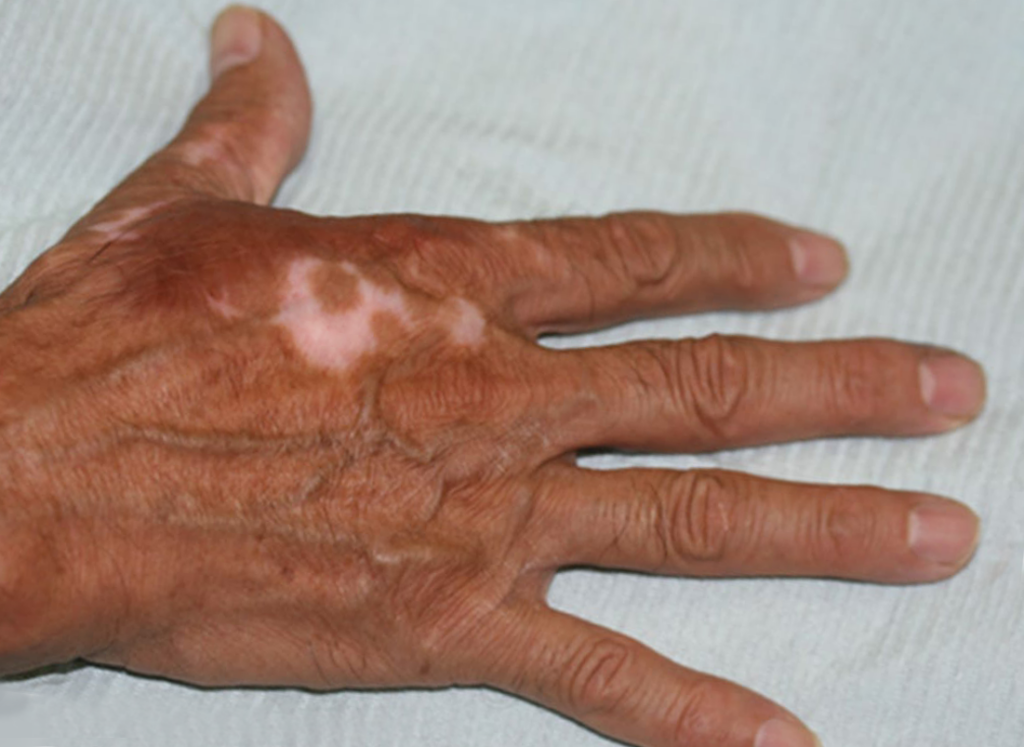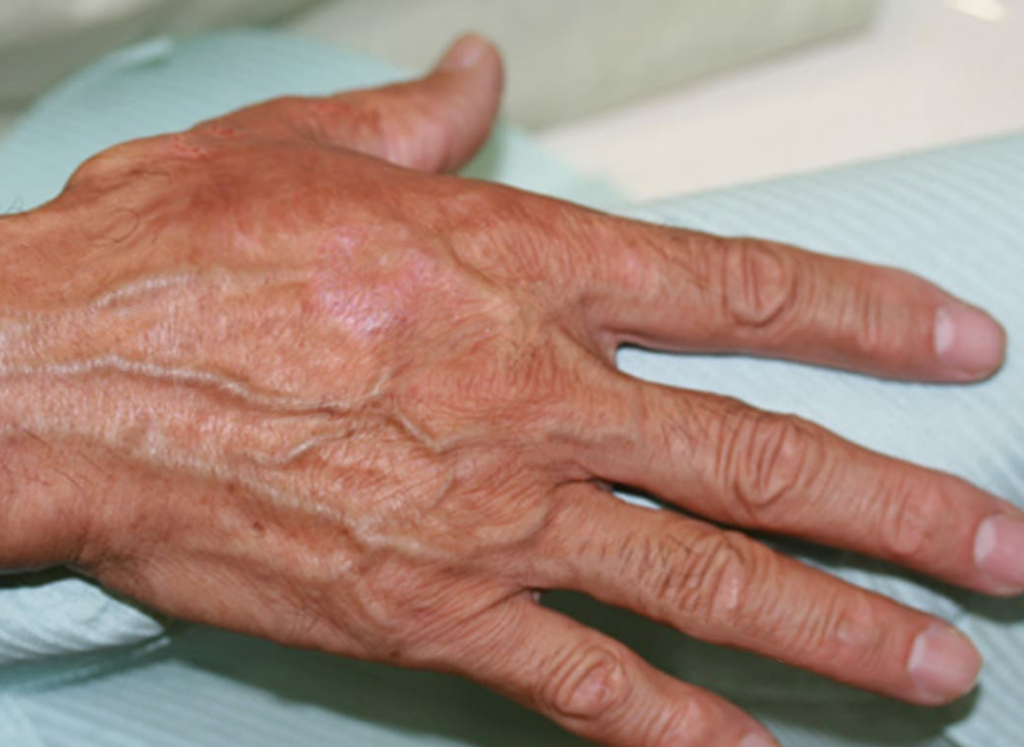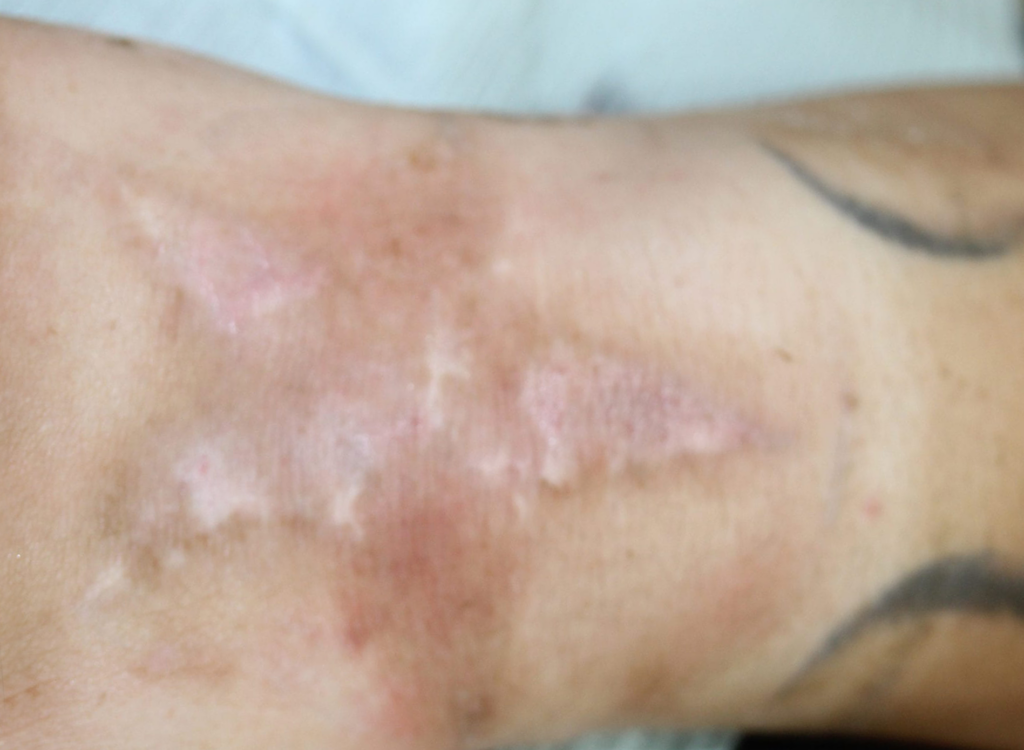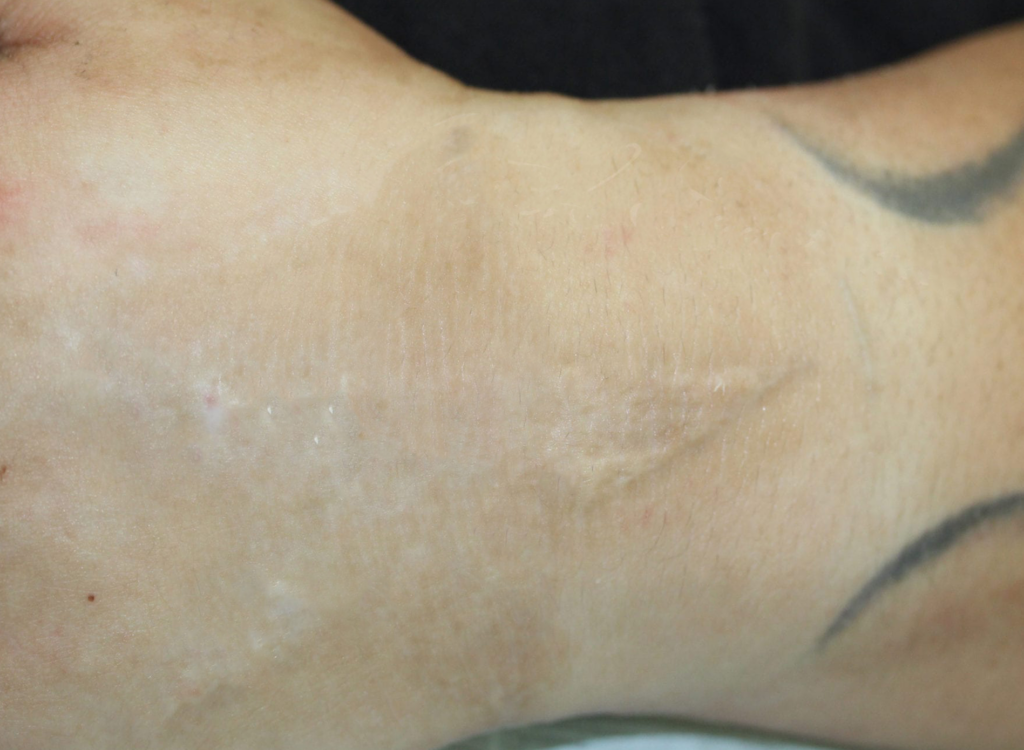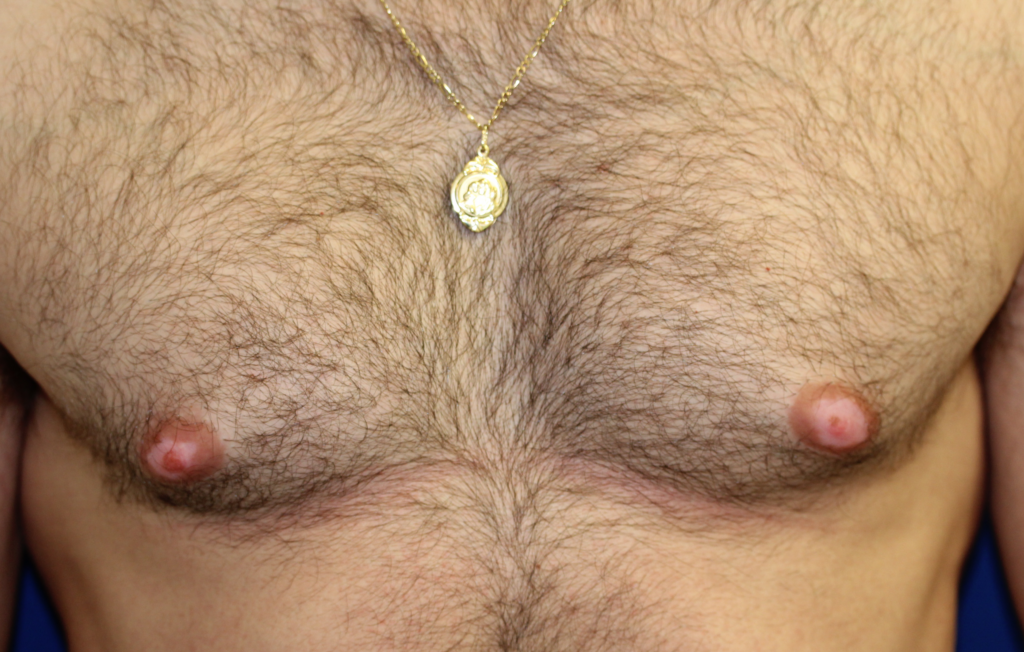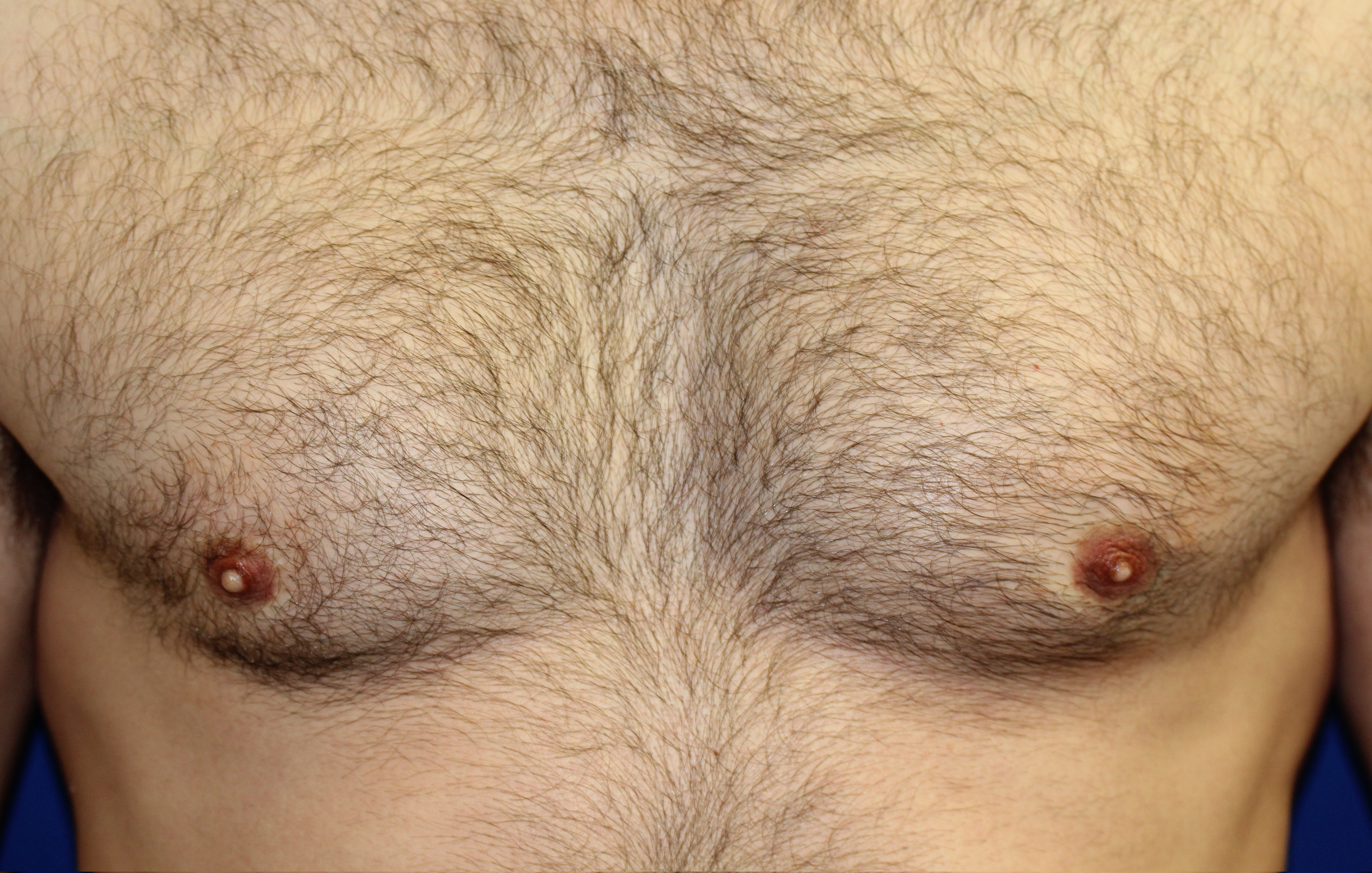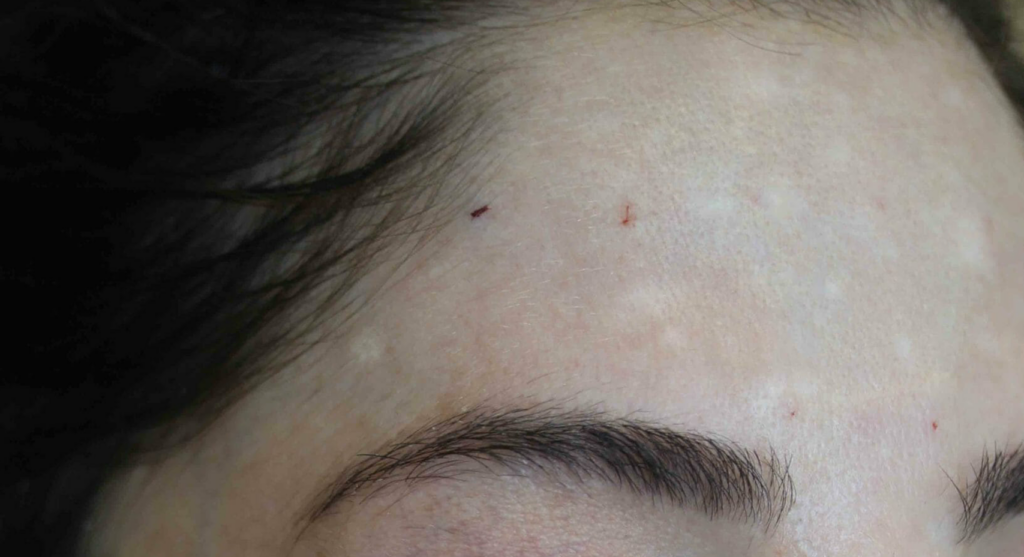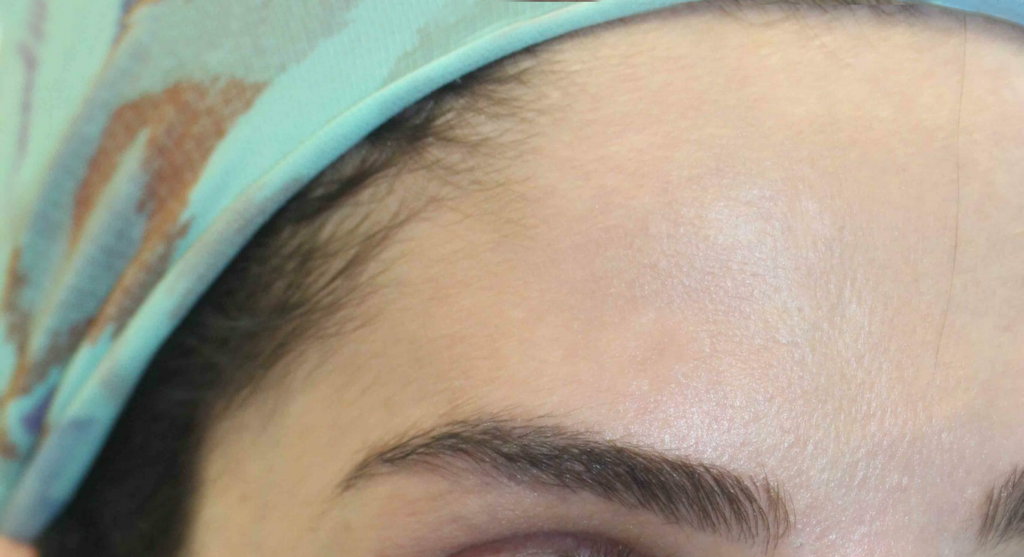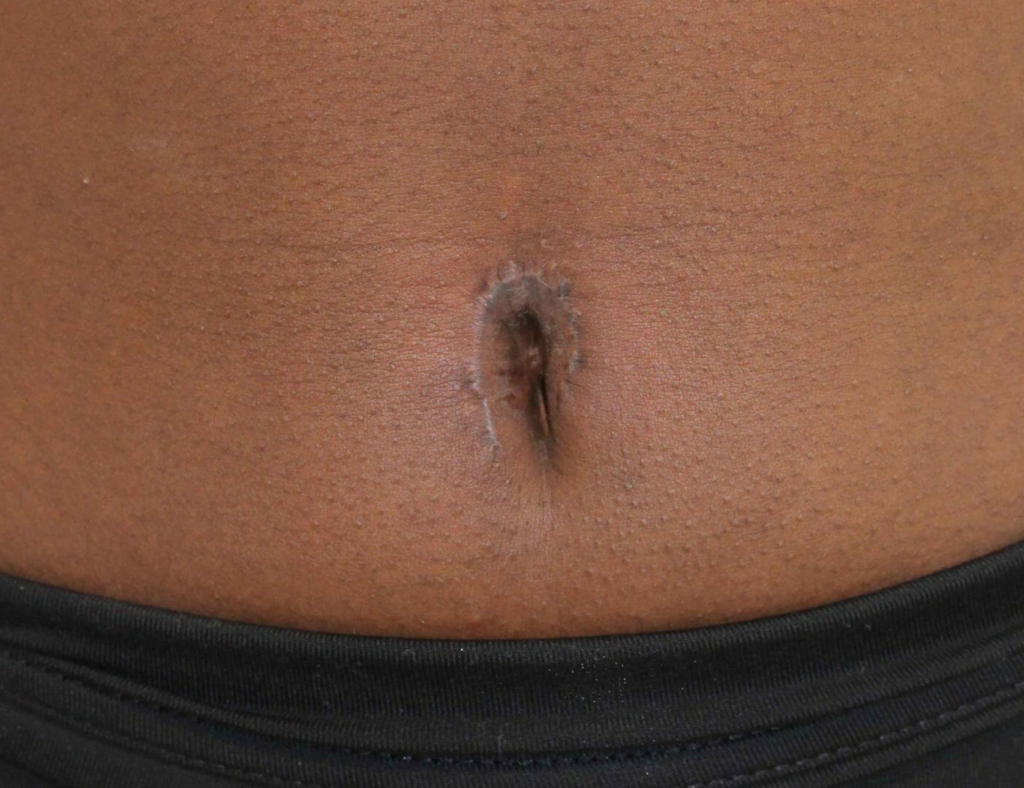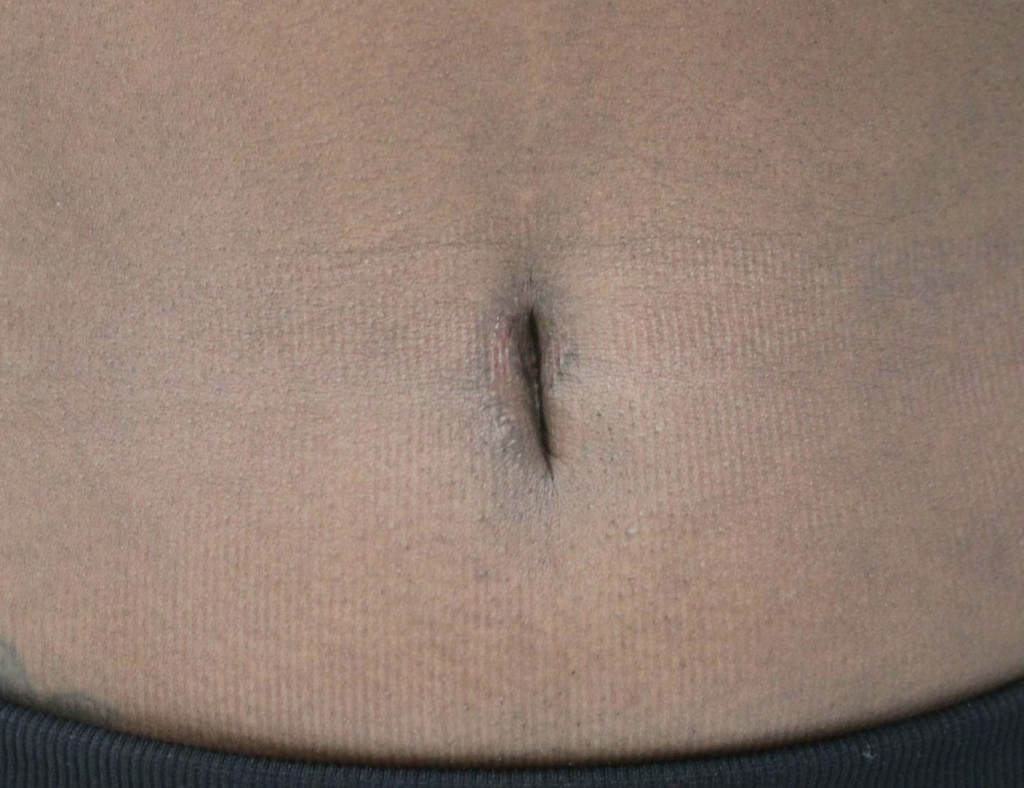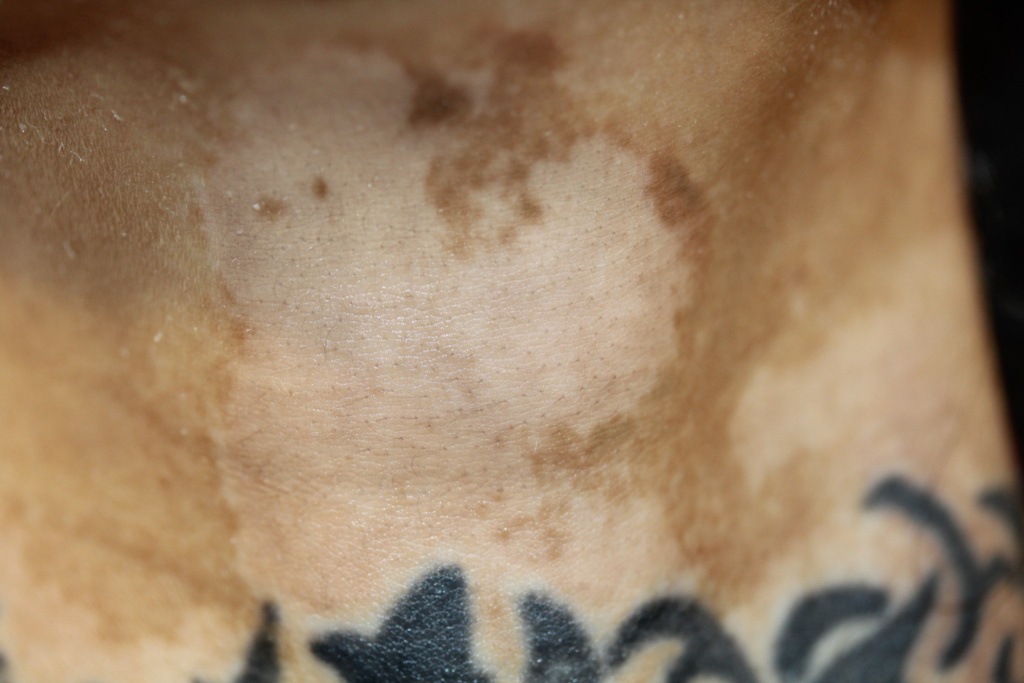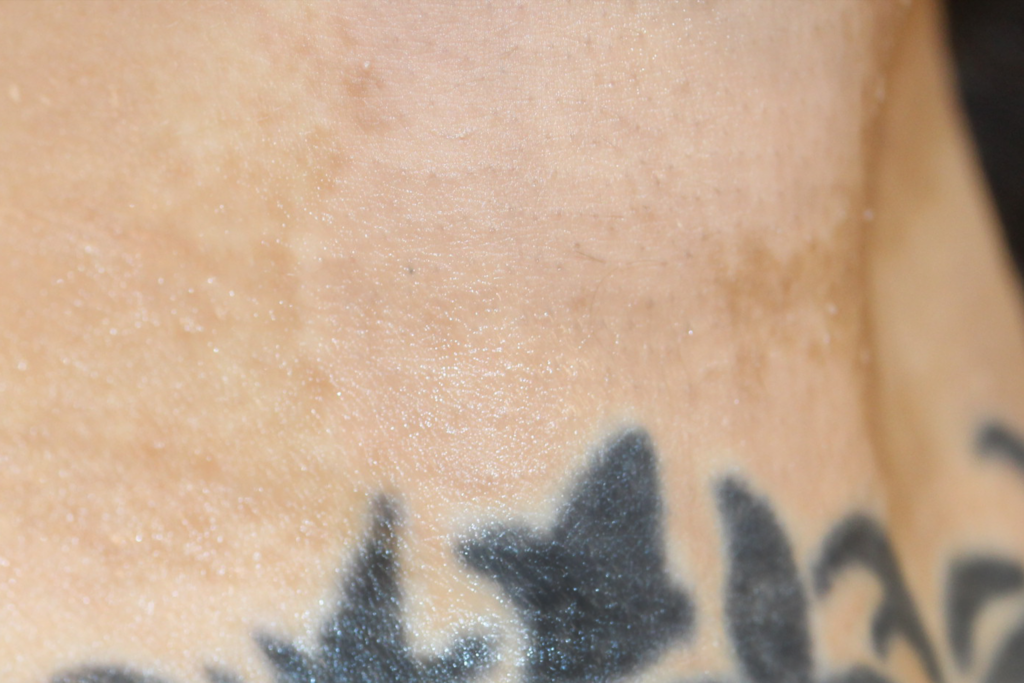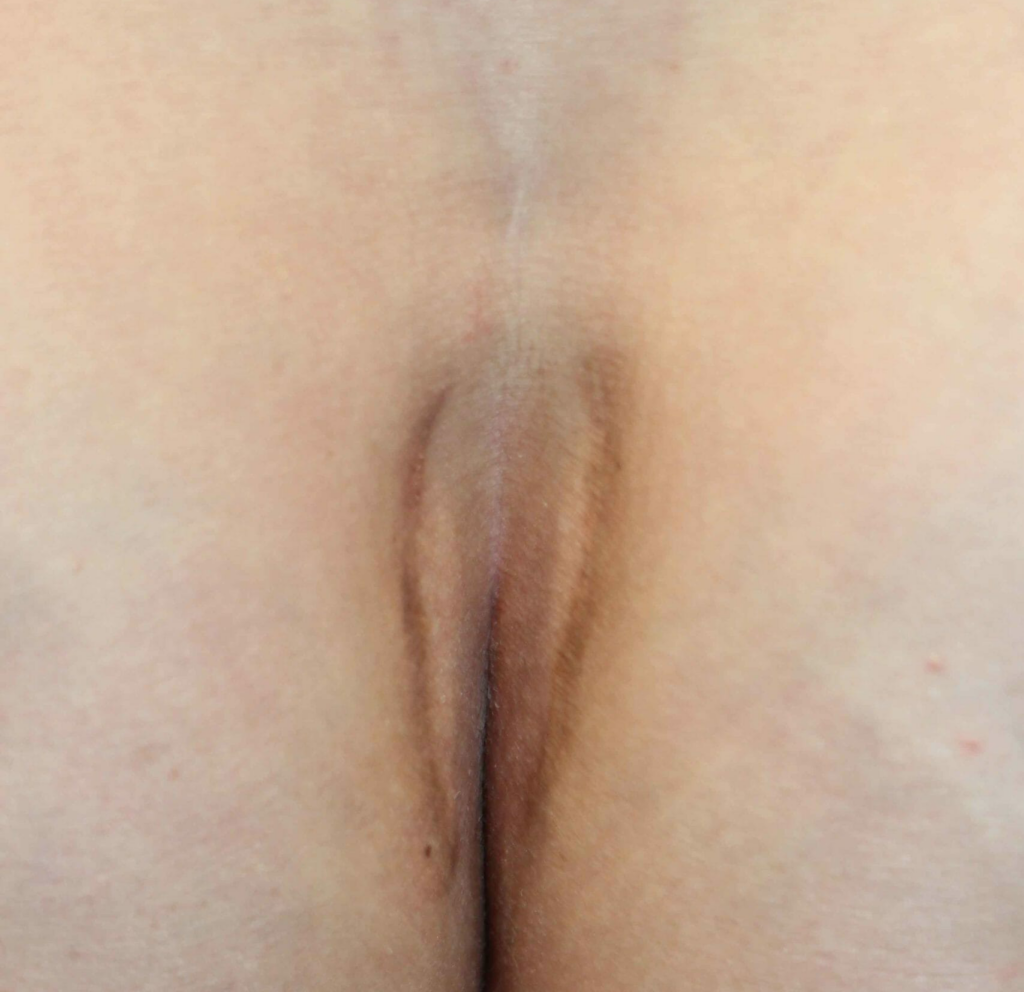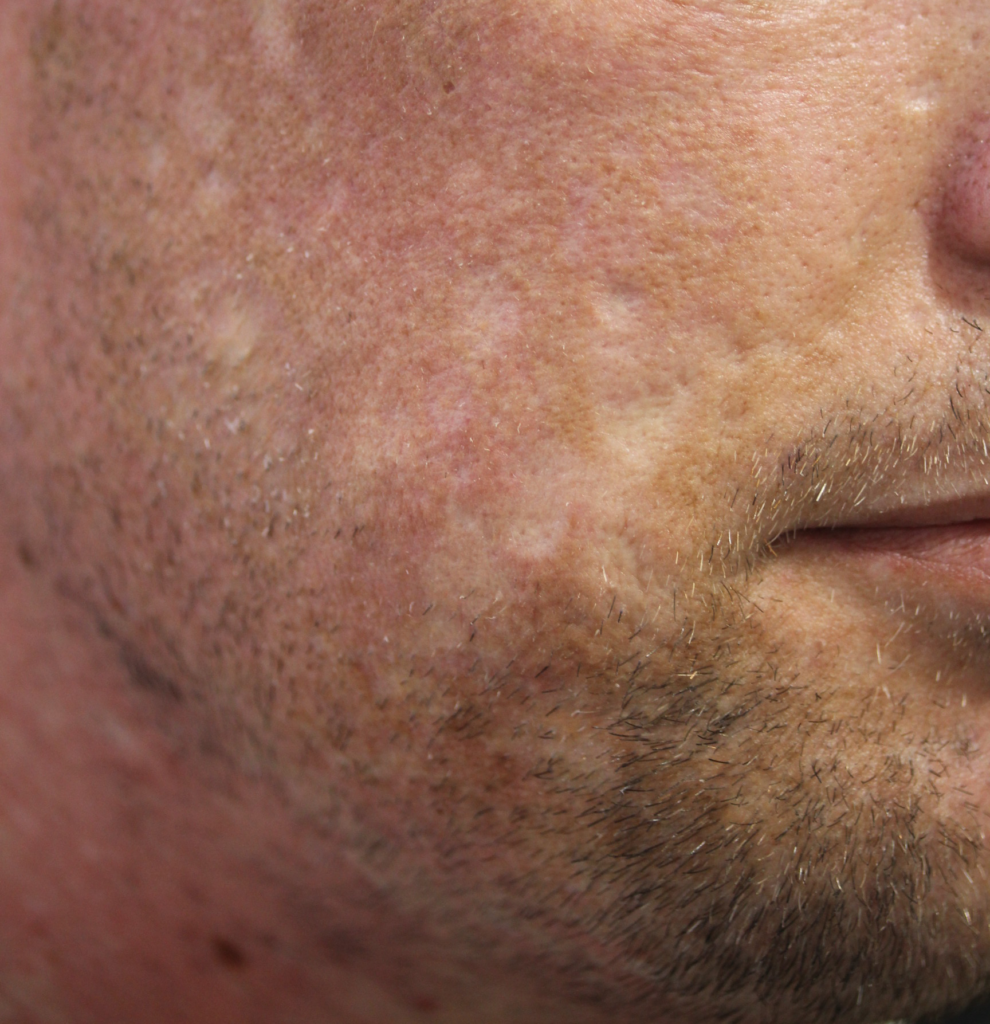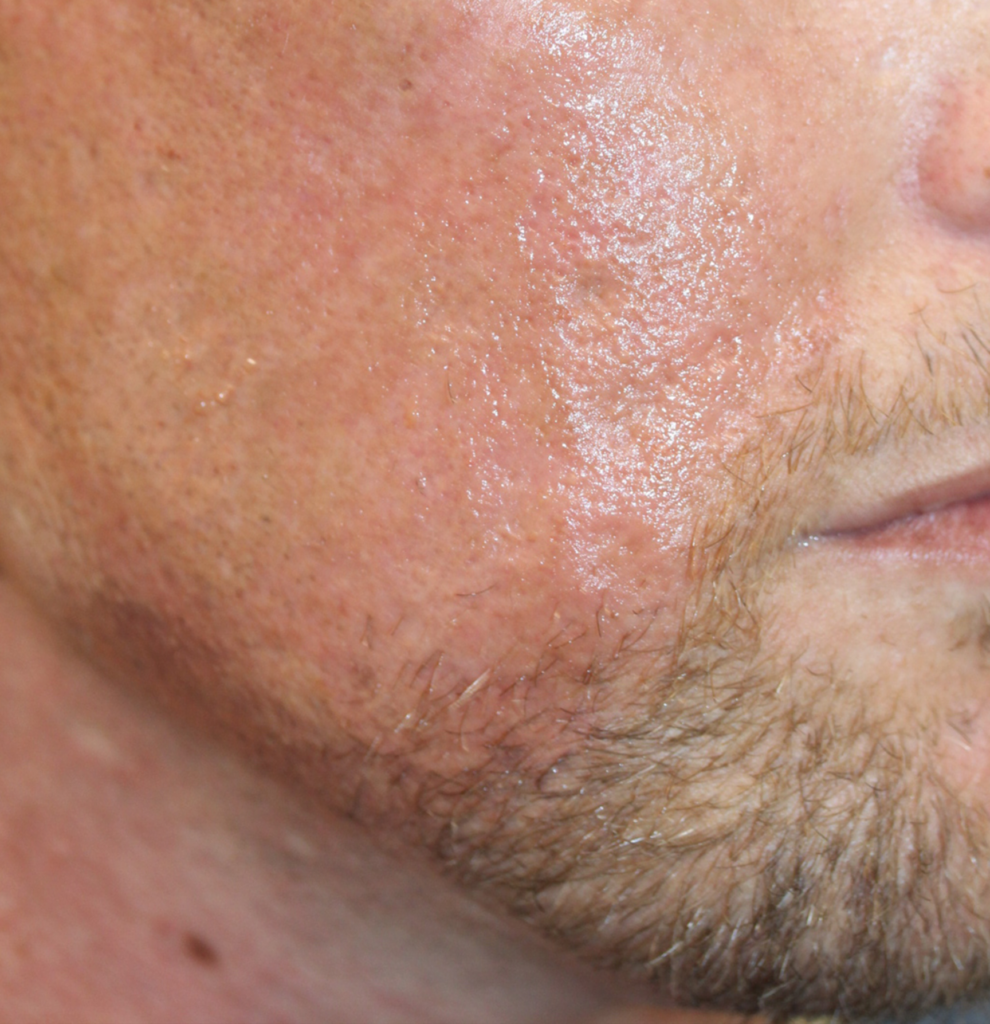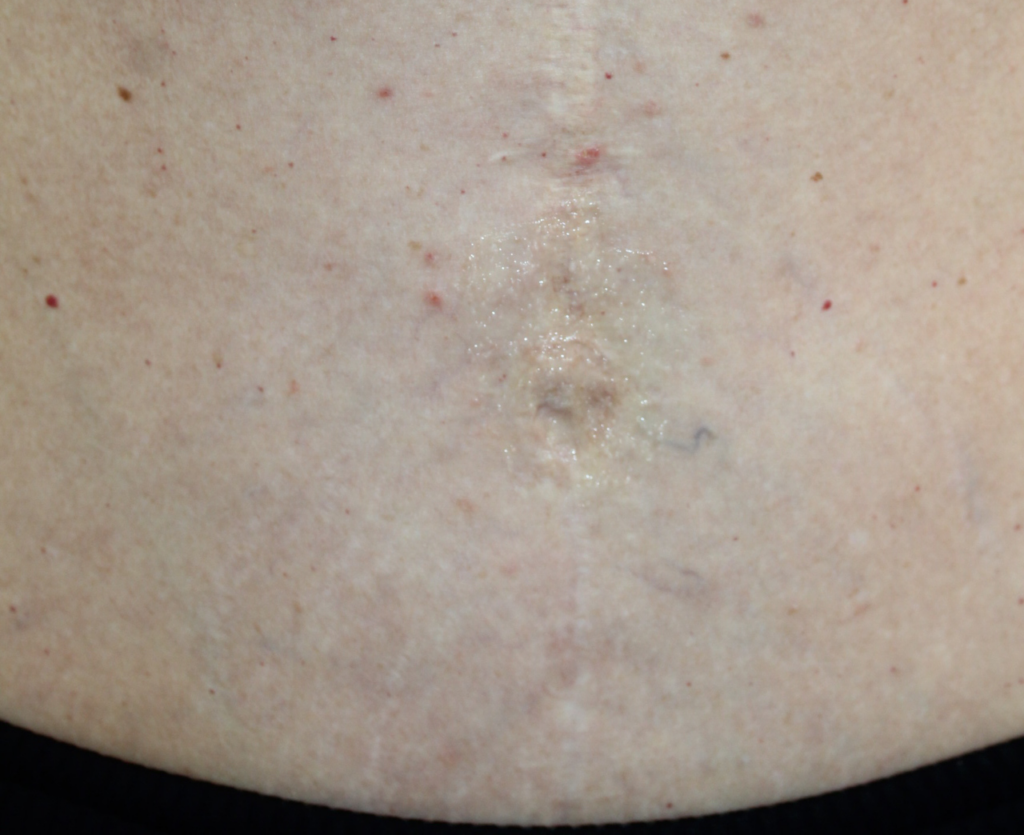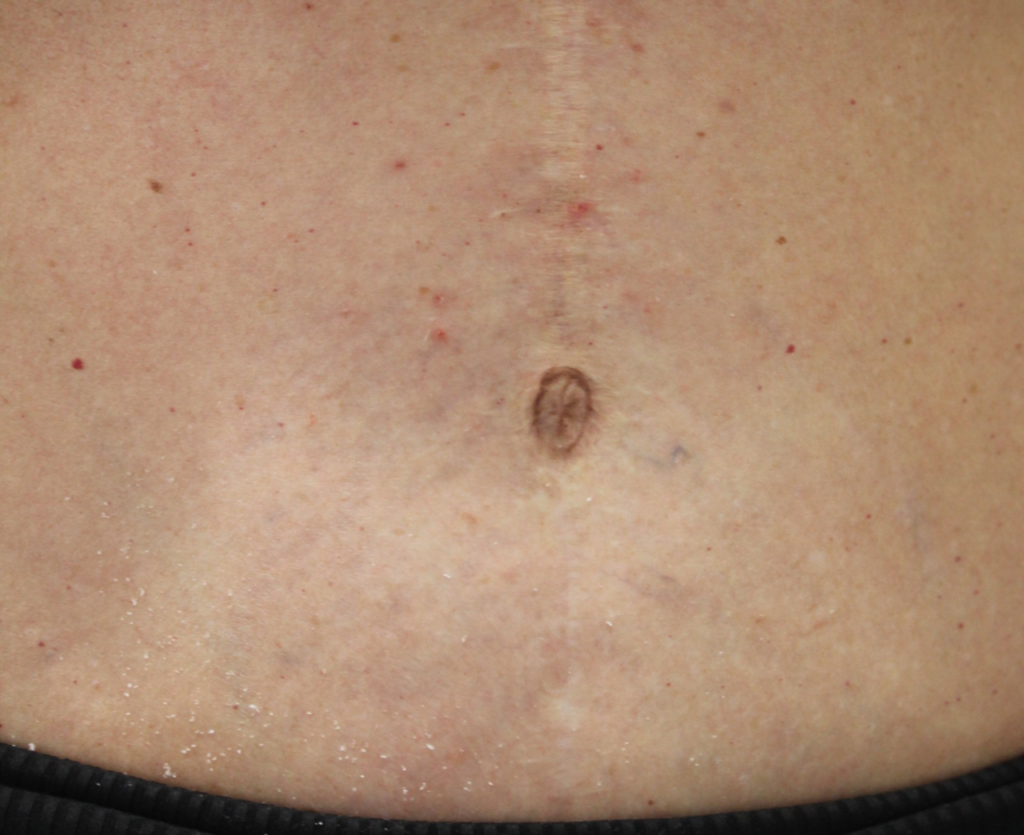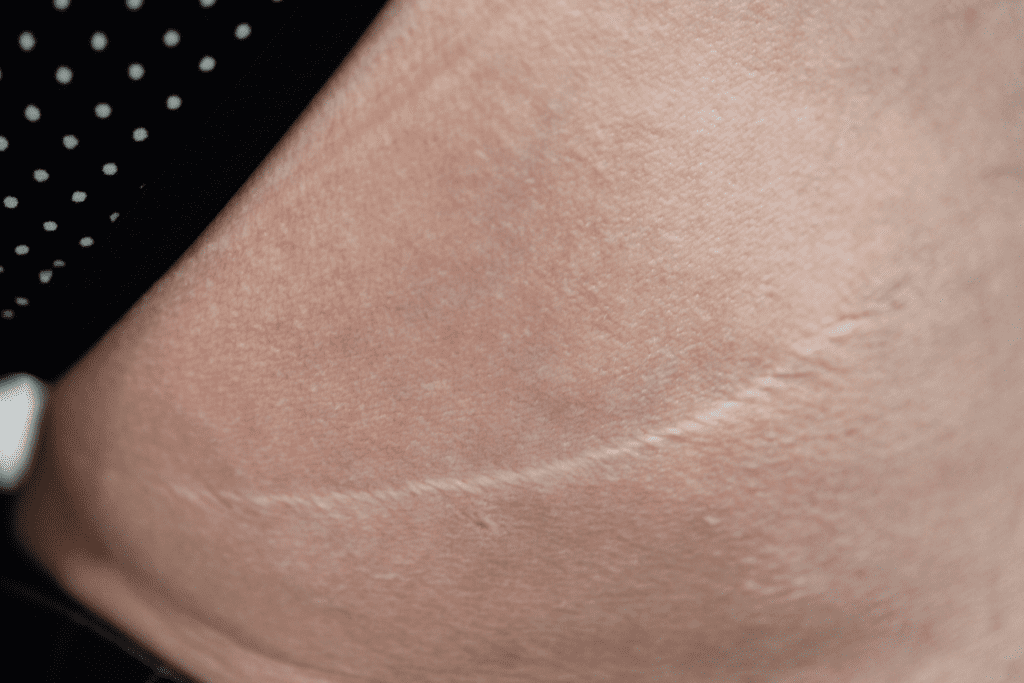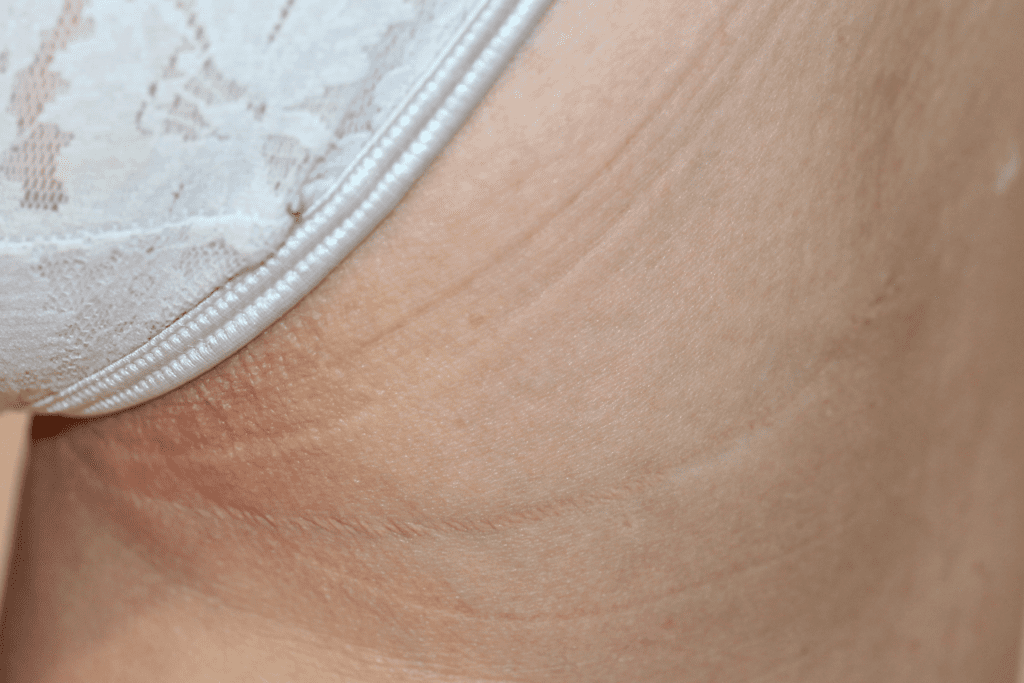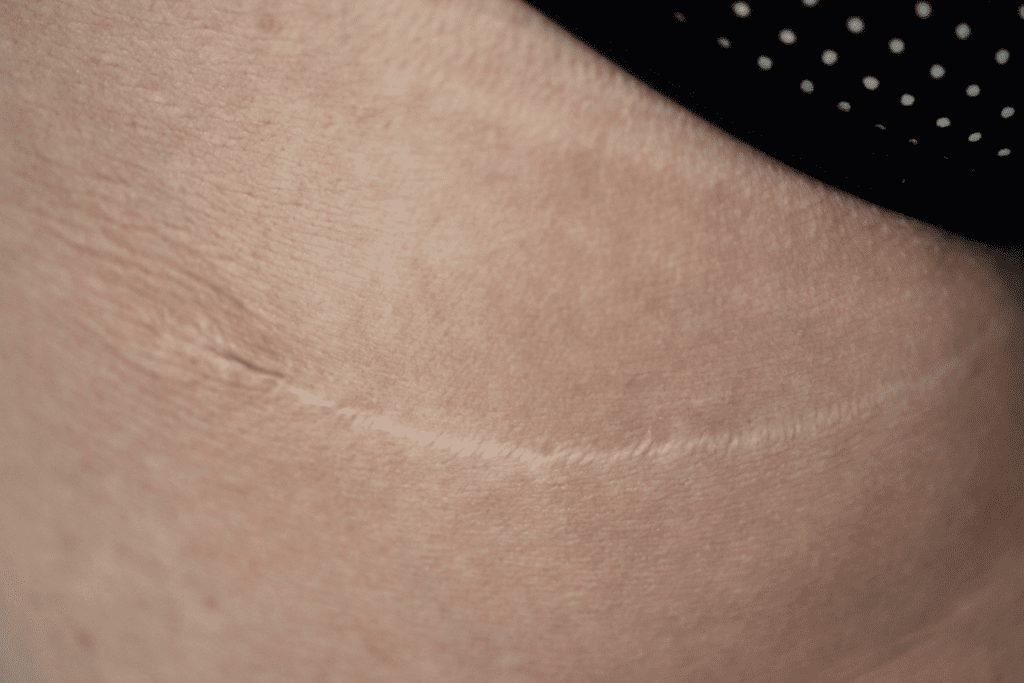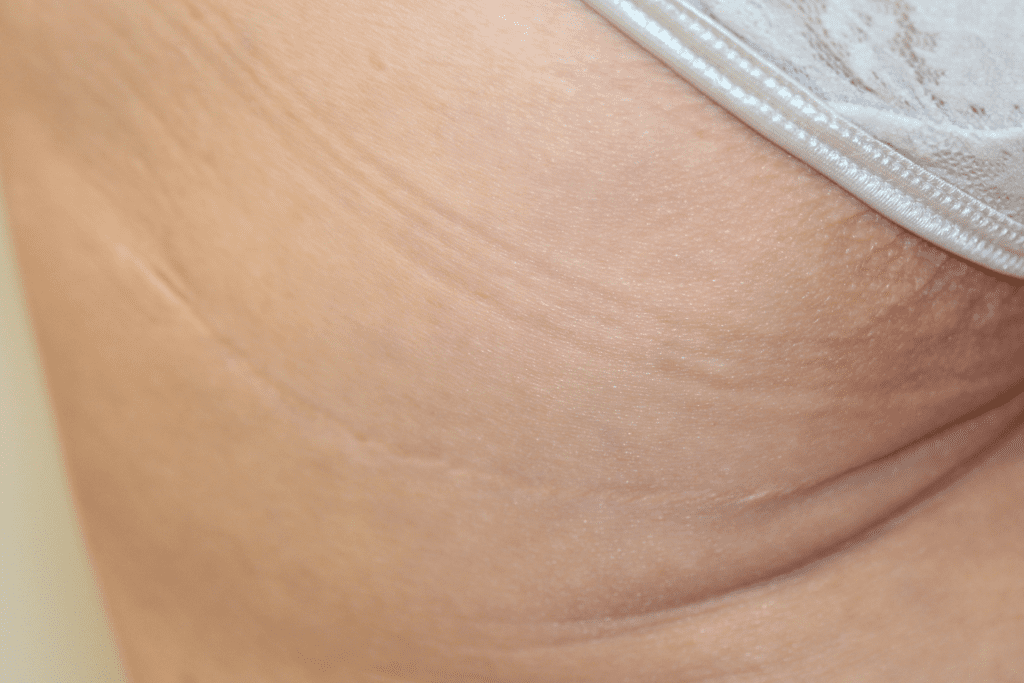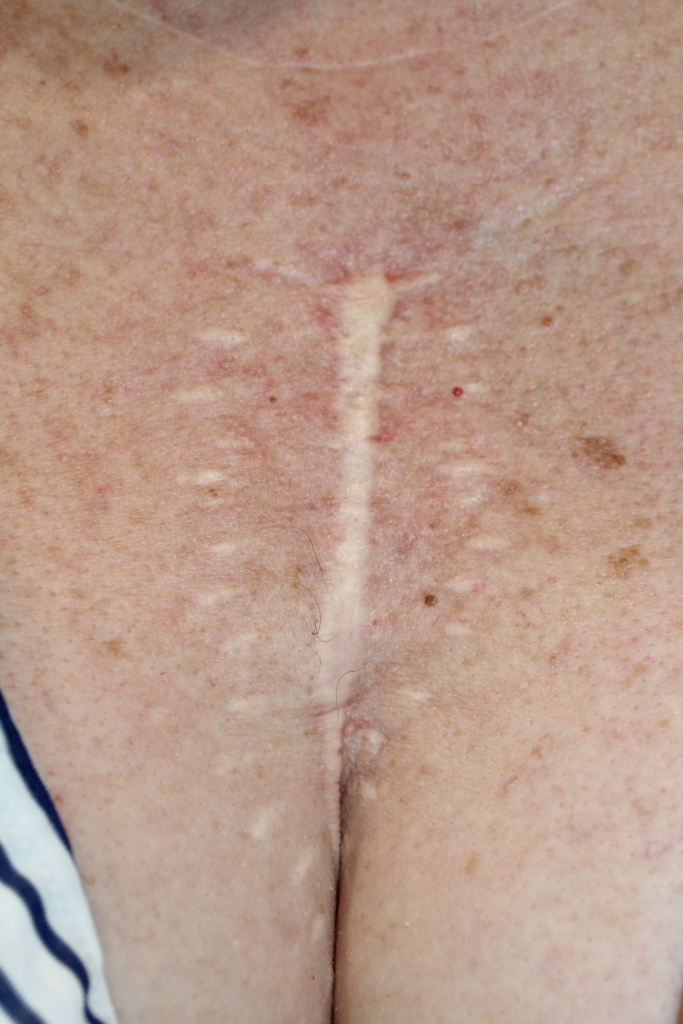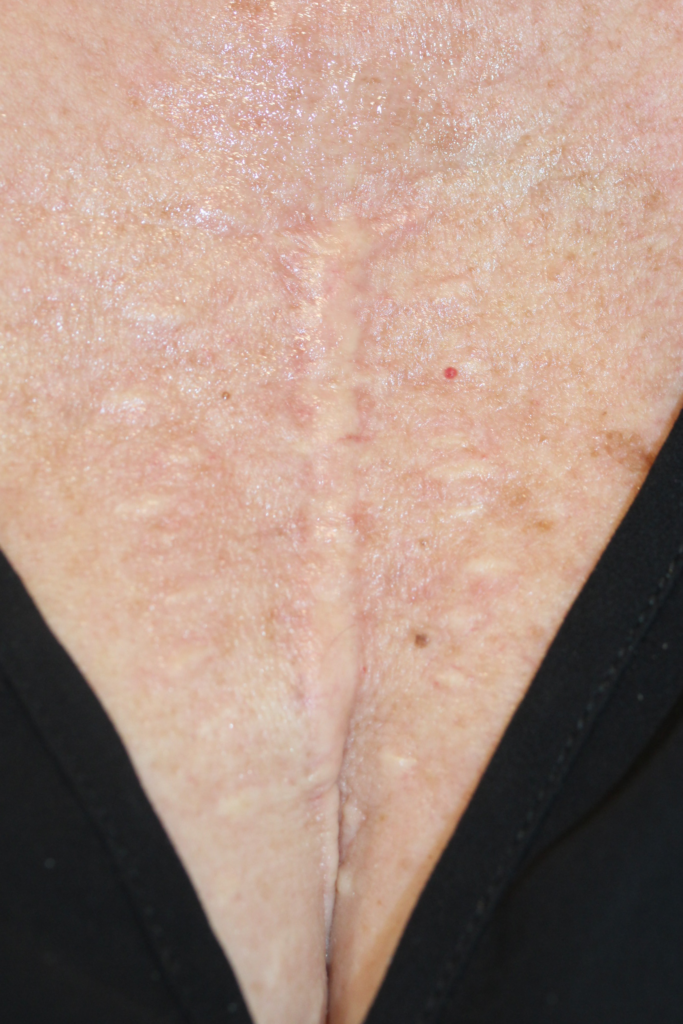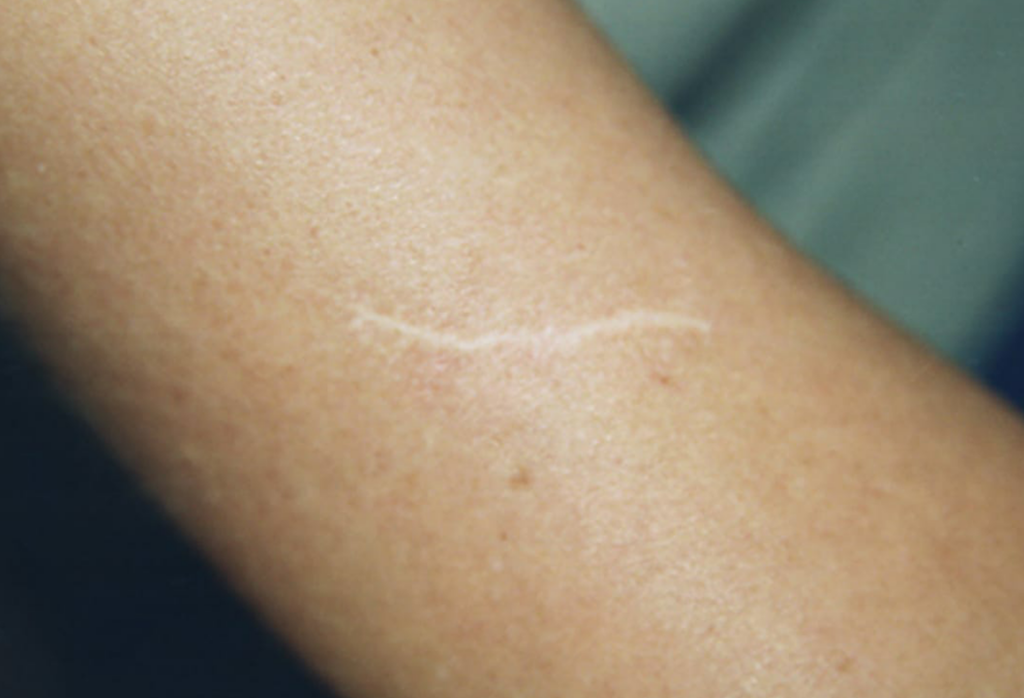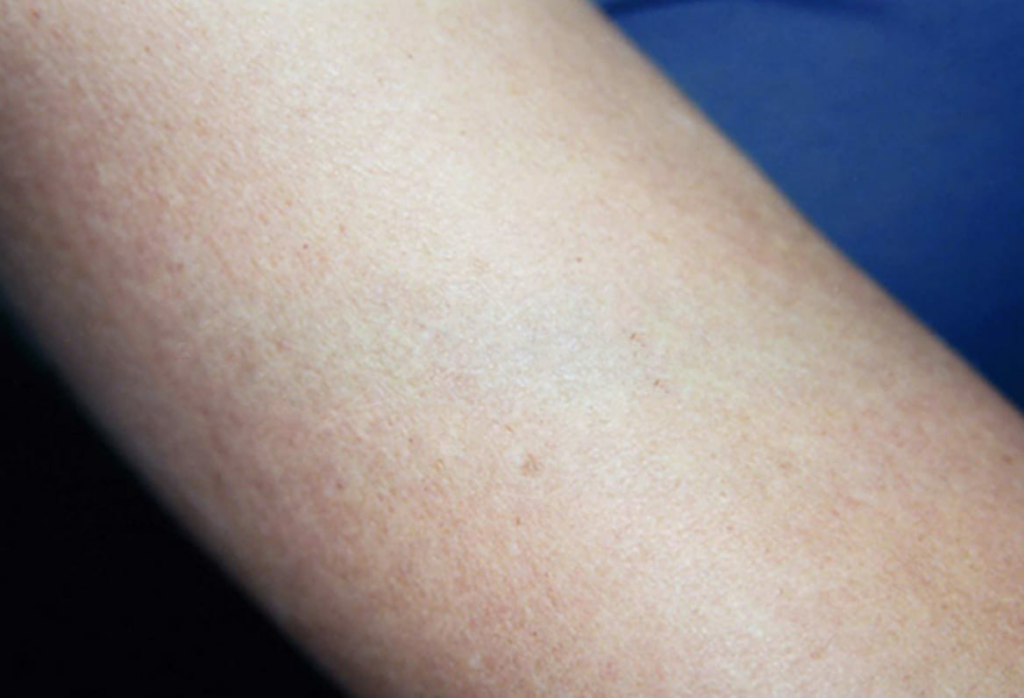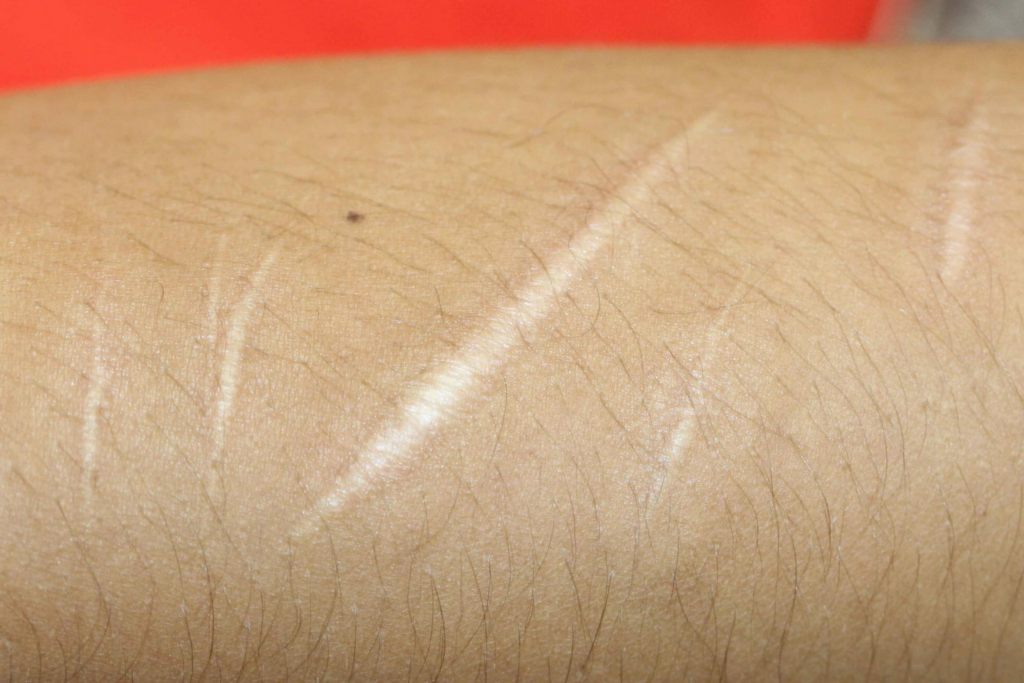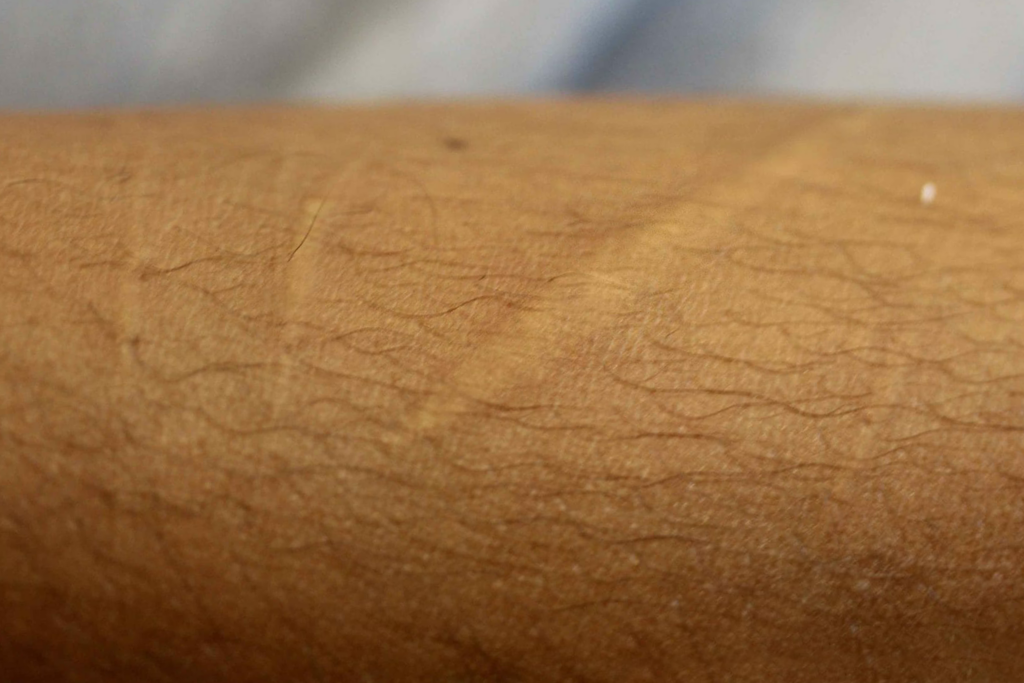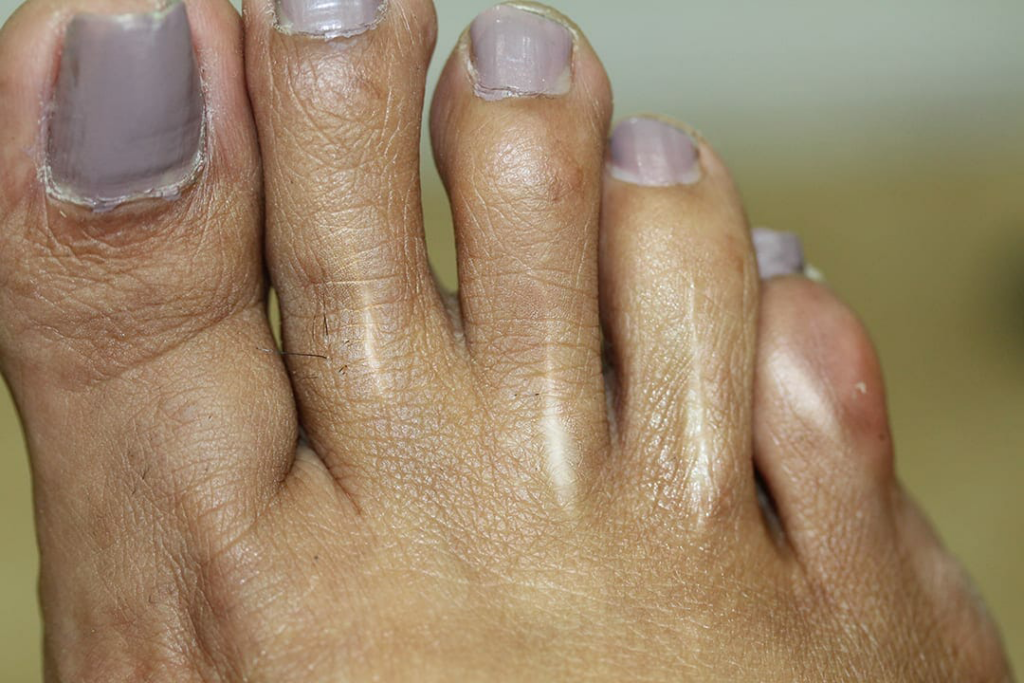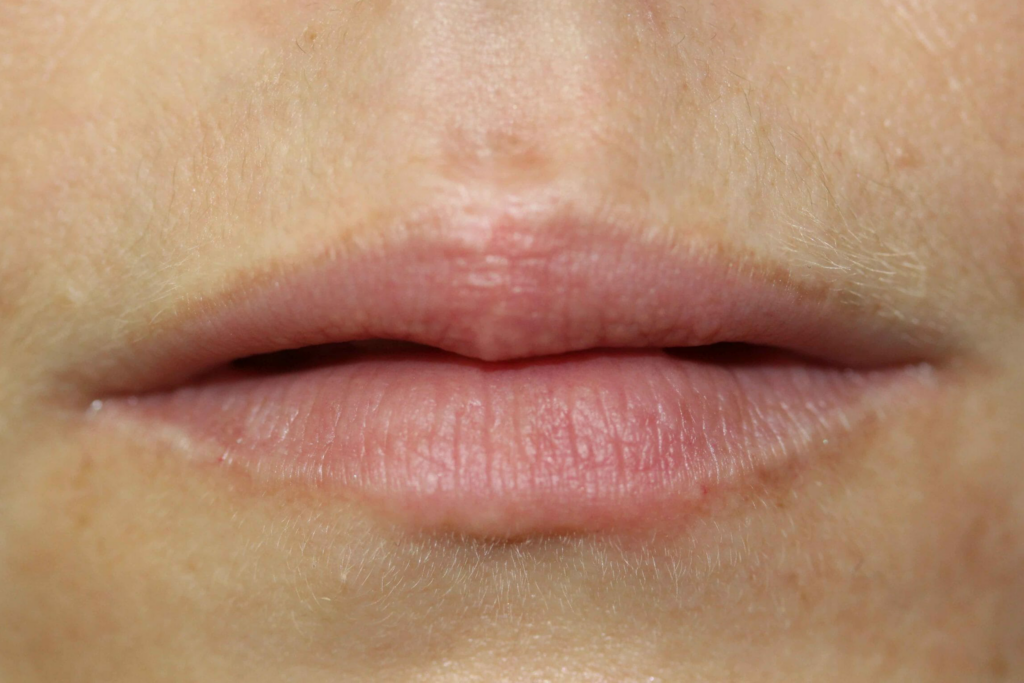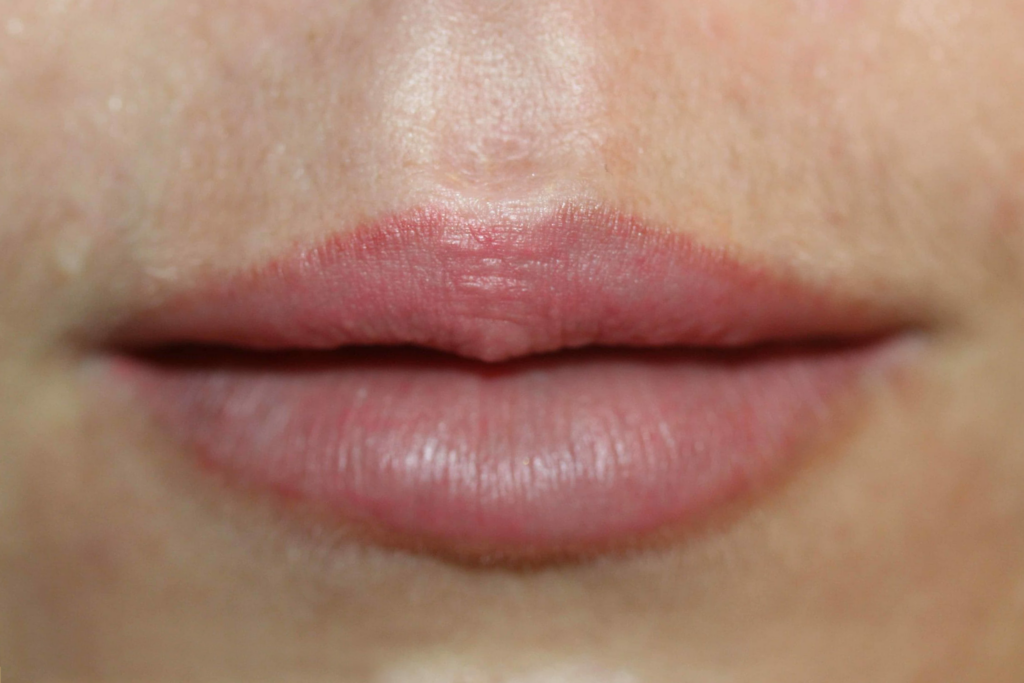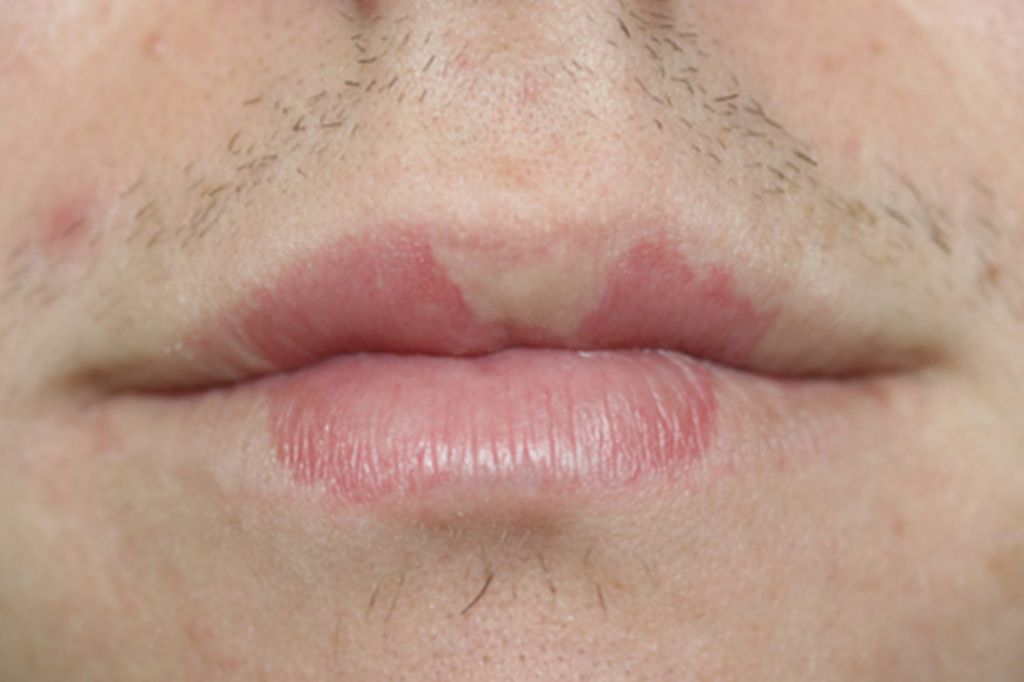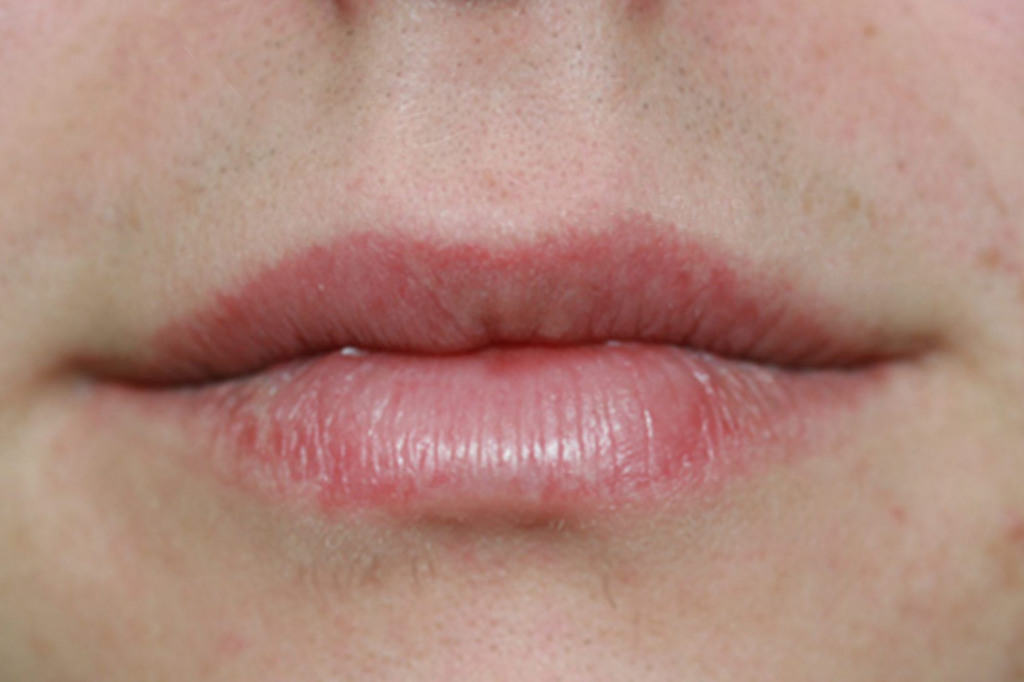Ruth Swissa
Scar Camouflage
Color theory and why your practitioner is important
Do you have a scar or perhaps a skin condition like rosacea that makes you uncomfortable looking in the mirror or even going out with friends? You have considered getting a camouflage tattoo, but want to know why some artists mention color theory when creating a micropigmentation solution for correcting blemishes. What does it mean?
Ruth Swissa is a renowned cosmetic artist with offices in Beverly Hills and Calabasas, California, who specializes in erasing the appearance of scars and discoloration using micropigmentation and medical tattoos. She offers these insights to help you decide how to best permanently mask your blemish or scar.
The Color of Your Skin is Unique
You hear it all the time: no two people have exactly the same skin color or skin tone. Your complexion is uniquely your own, and it will interact with various colors differently from your sibling, parent, or your best friend. Some people have green undertones, while others may have blue or purple. These undertones add depth to your surface color while also interacting with various light sources.
A Permanent Medical Tattoo Must be Customized for the Best Result
A tattoo designed to hide a disfiguring scar or blemish employs the tiniest dots of color to create a palette that mimics your skin color and tone. But those bits of ink will also interact with the lighter or darker shade of scar tissue. It takes training and practice to understand the nuances required for a flawless result.
If your corner tattoo parlor just gives you a big circle of a single color instead of hiding the blemish, it would highlight the problem. Thus, every medical tattoo is created much like a painting that uses layers and subtle changes of color.
Understanding and Using Color Theory is Essential for a Seamless Look
Your medical tattoo artist should have an in-depth background in color theory. This is the basic study of how colors affect one another. Which hints of blue or green will help to cover a blemish while mixing in with dots of peach, beige, charcoal, or a warm tan. Adding a touch of contrasting rose may enliven the result or a spot of white will blend in to help define the tattoo.
Why should I work with a certified clinical medical micropigmentation specialist?
A medical micropigmentation specialist like Ruth Swissa will have extensive training in color theory, painting, fine art, and even sculpture. This type of education and experience helps your cosmetologist develop an eye that fully understands how shape, shading, and color work together to create a living canvas like your skin. A medical tattoo crafted by such an artist will look more natural, age more gracefully with the rest of your complexion, and deliver the result that you desire.
Schedule a Consultation with Ruth Swissa and Invest in Yourself
Now that you understand that there is much more to designing a medical tattoo than just covering it up with a single color, you can see that you deserve to have yours done by one of the most renowned practitioners in the area. Give yourself the gift of renewed confidence by scheduling an initial consultation with Ruth Swissa to discuss your needs and goals. With two locations in Beverly Hills and Calabasas, select a place and time that works best for you.
Mohs Surgery/Skin Graft Scars
Face Lift Scars
Tummy Tuck Scars
Lip Lift Scars
Cuts/Lesion Scars
Dog Bite Scars
Ruth Swissa
PROUD MEMBER OF:







